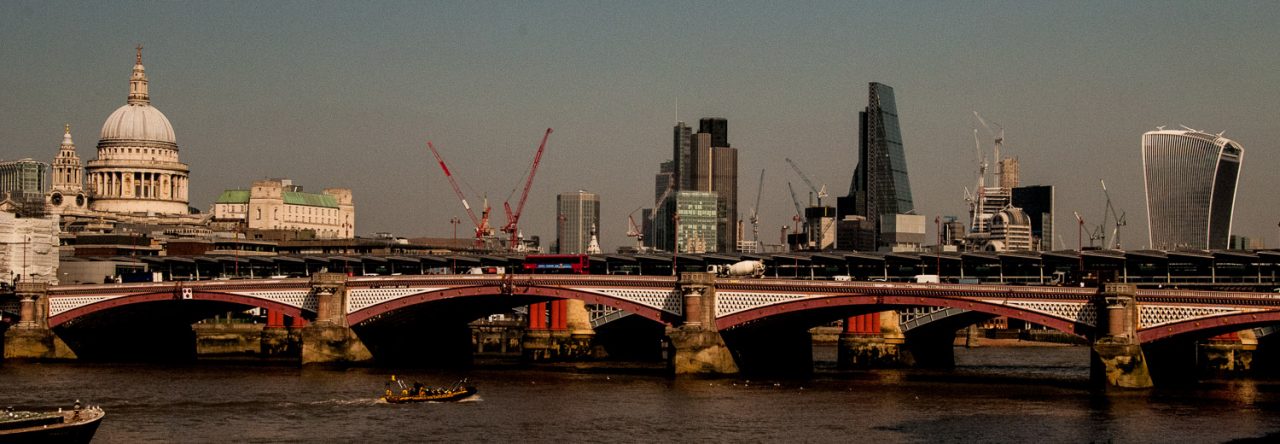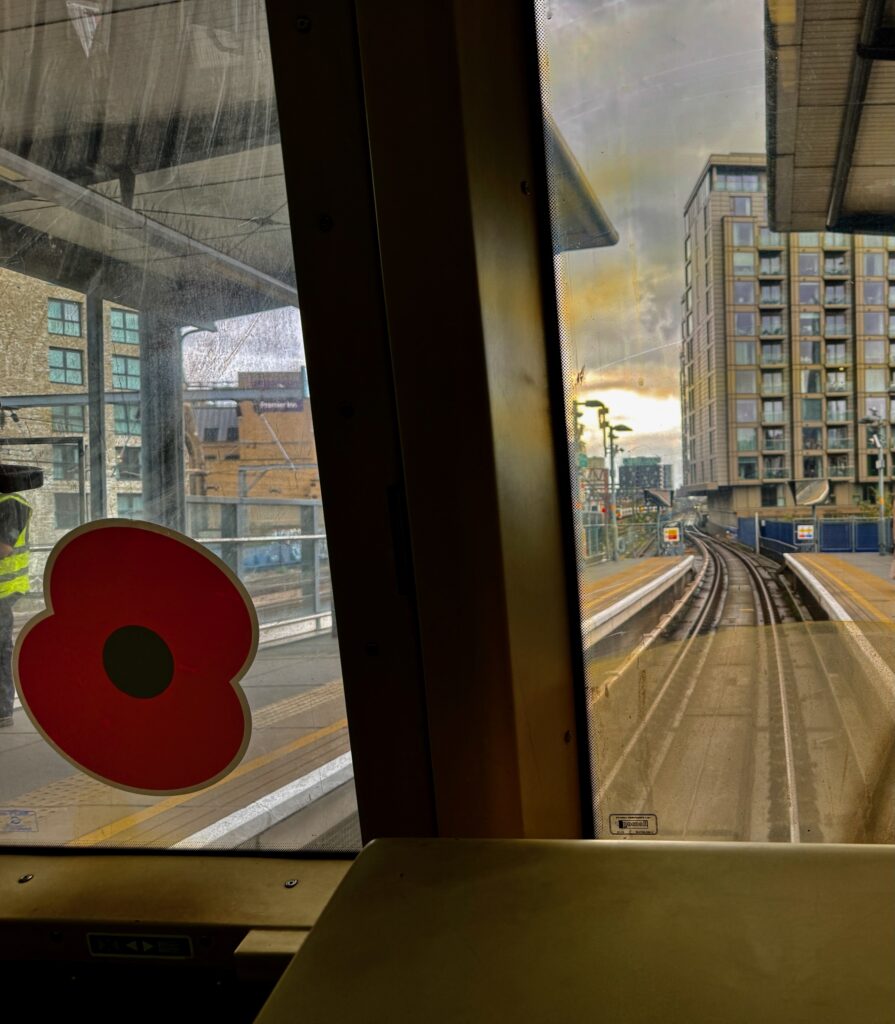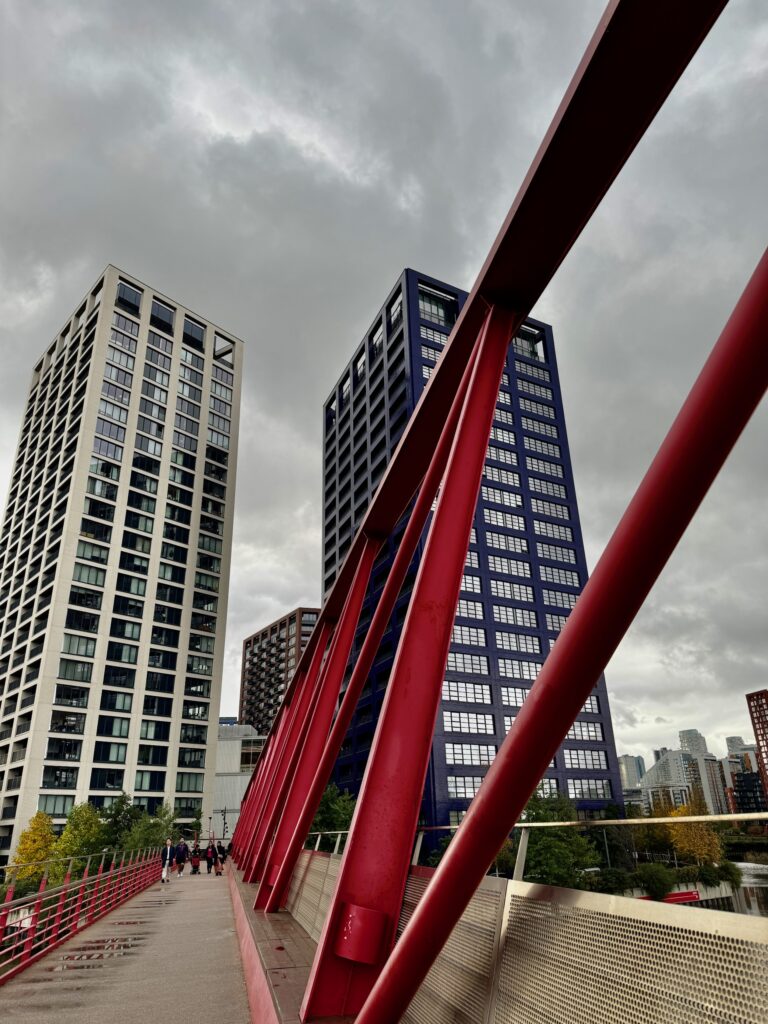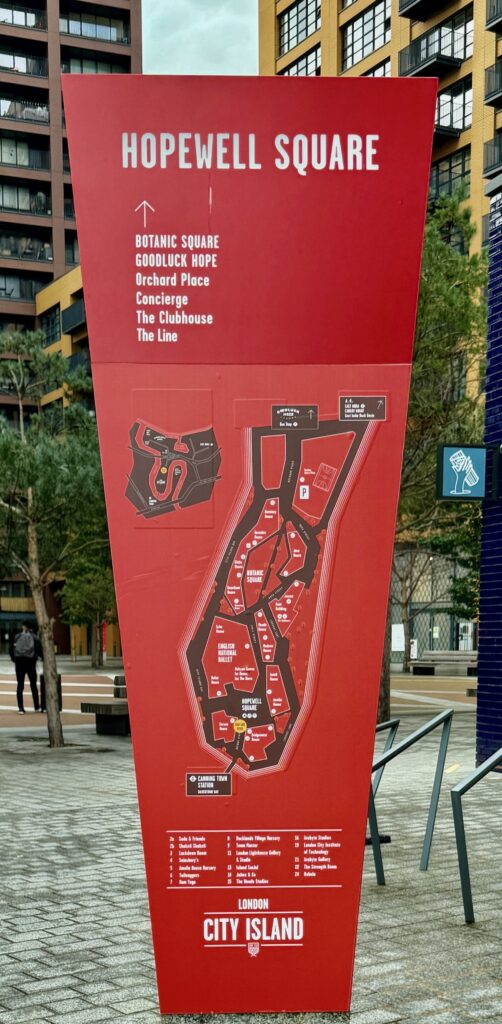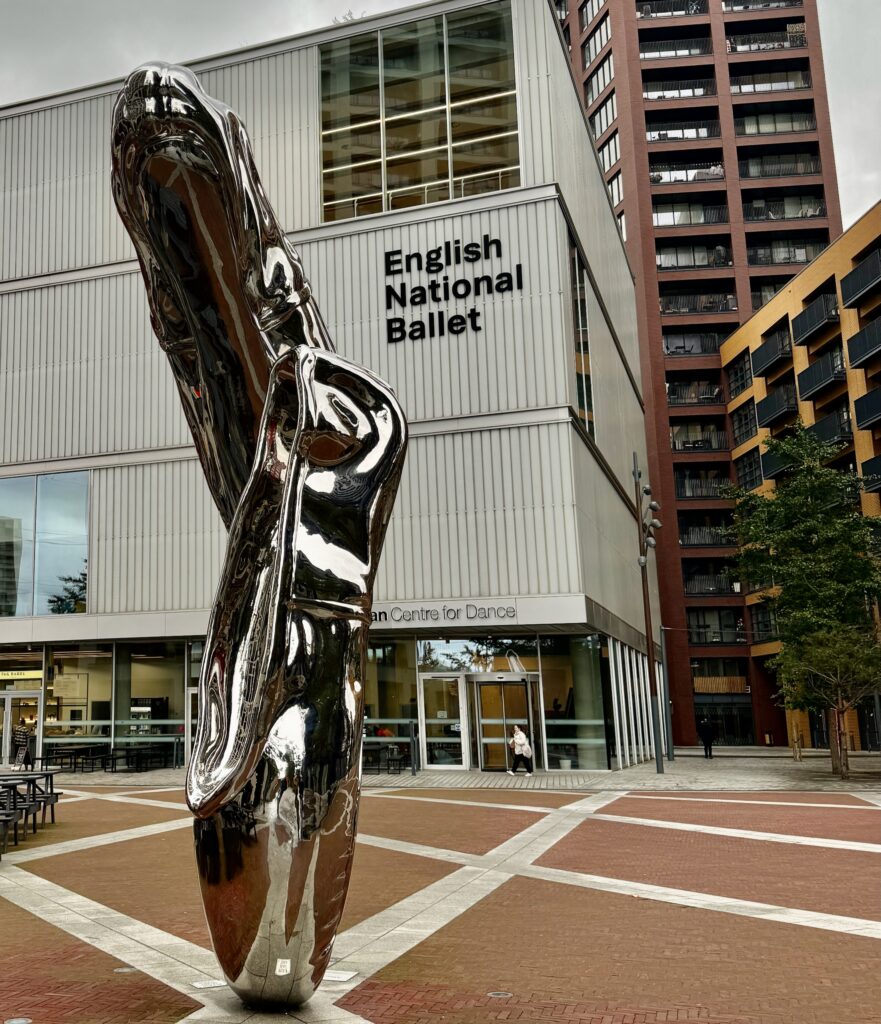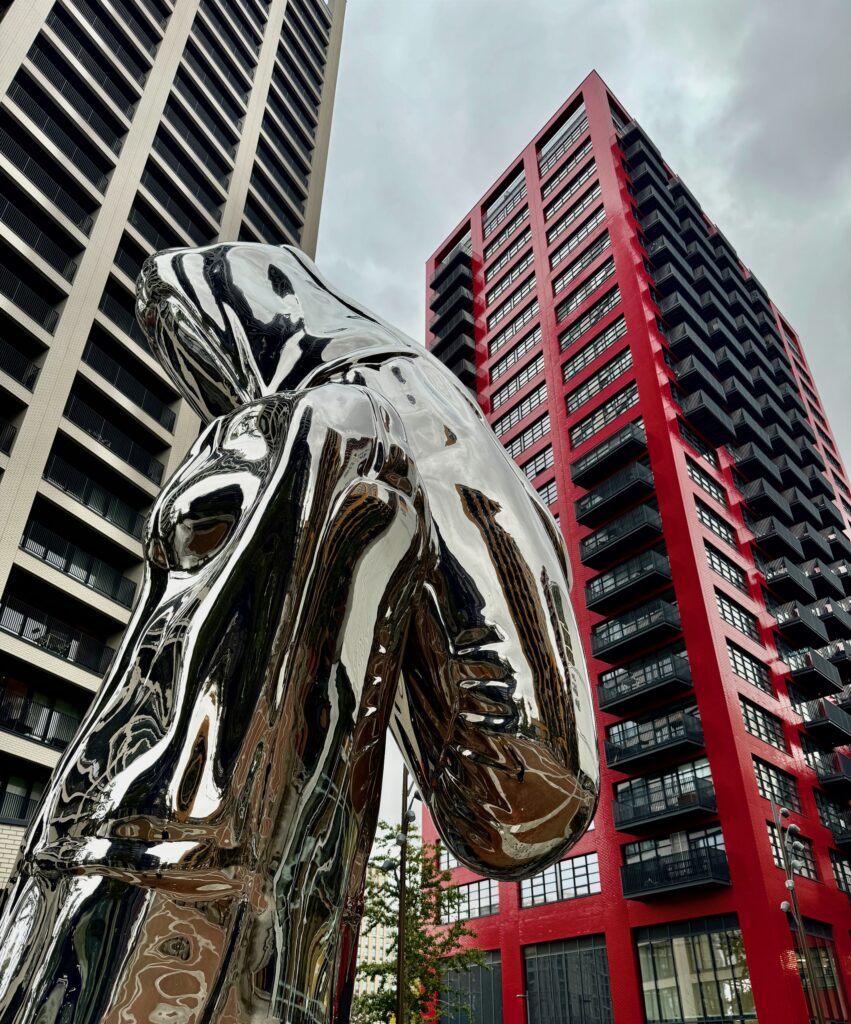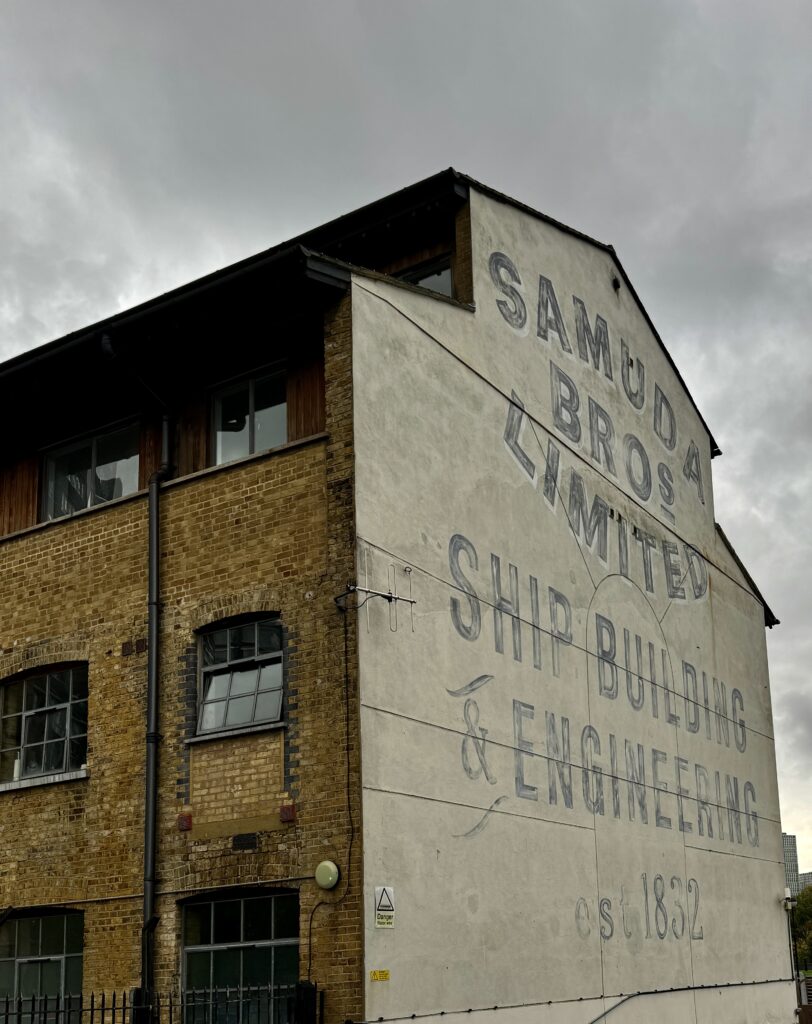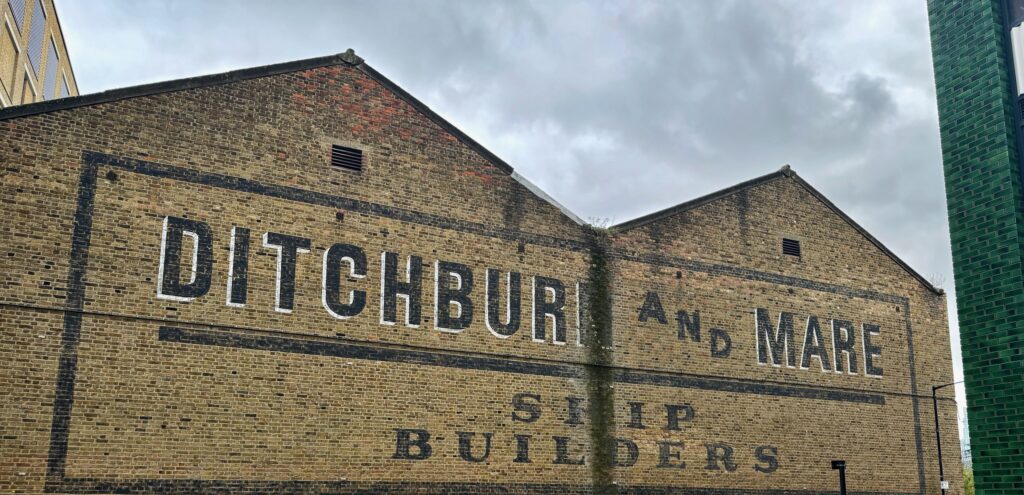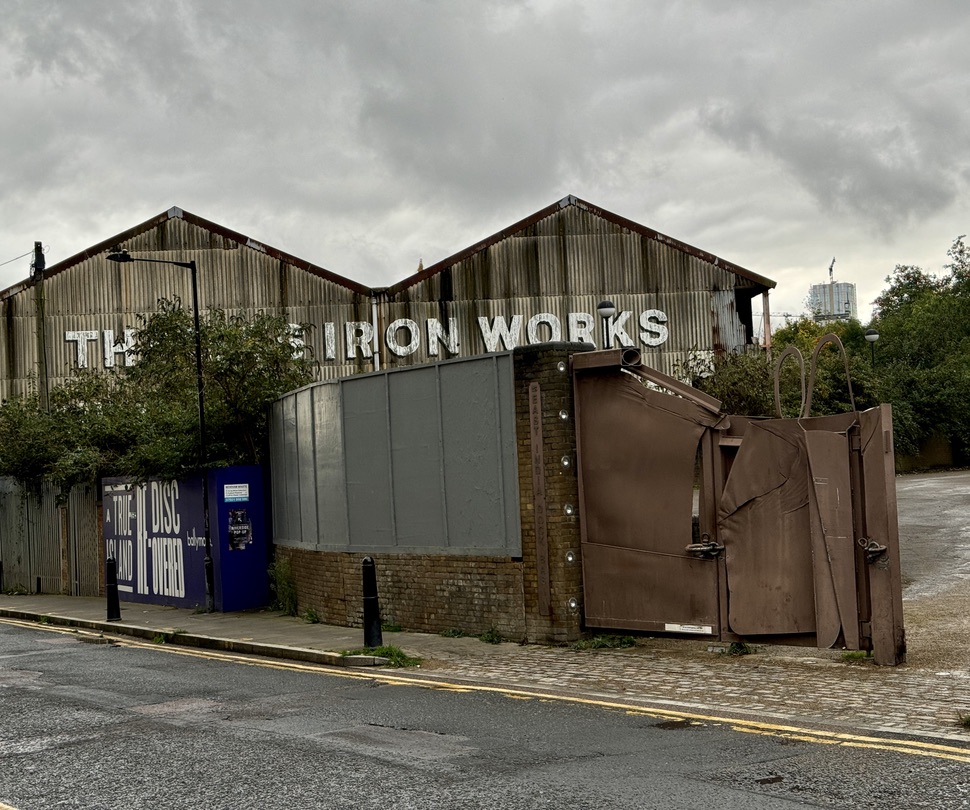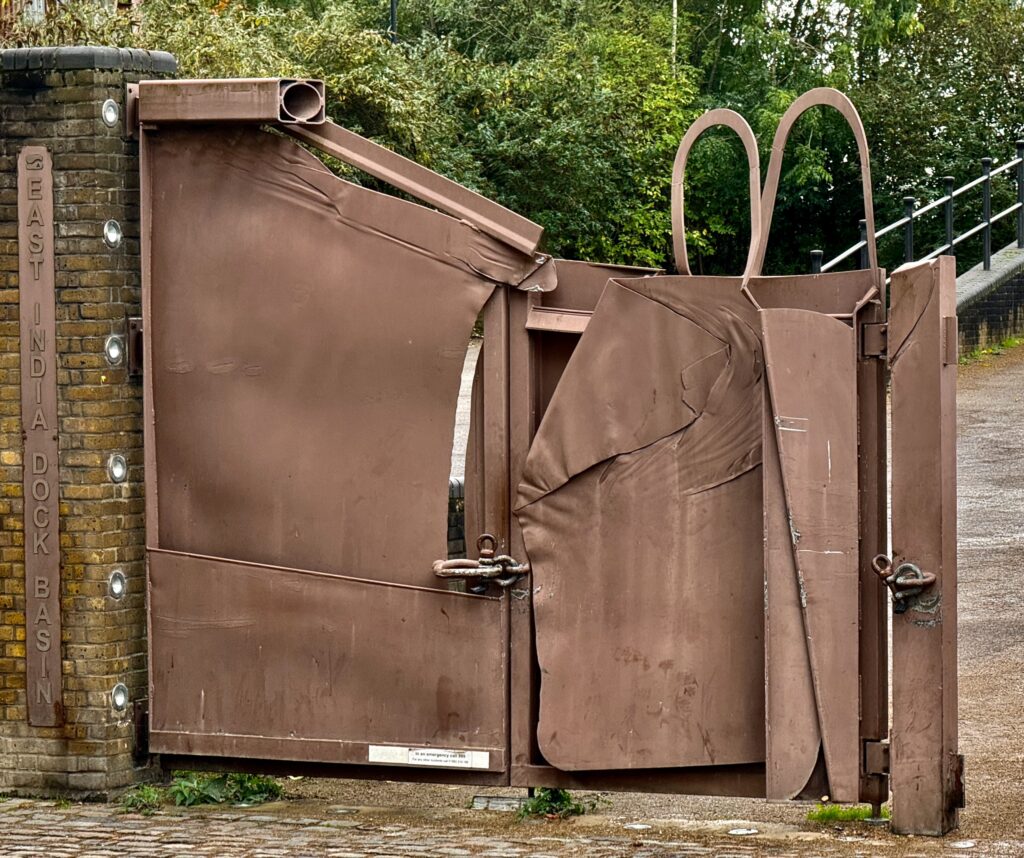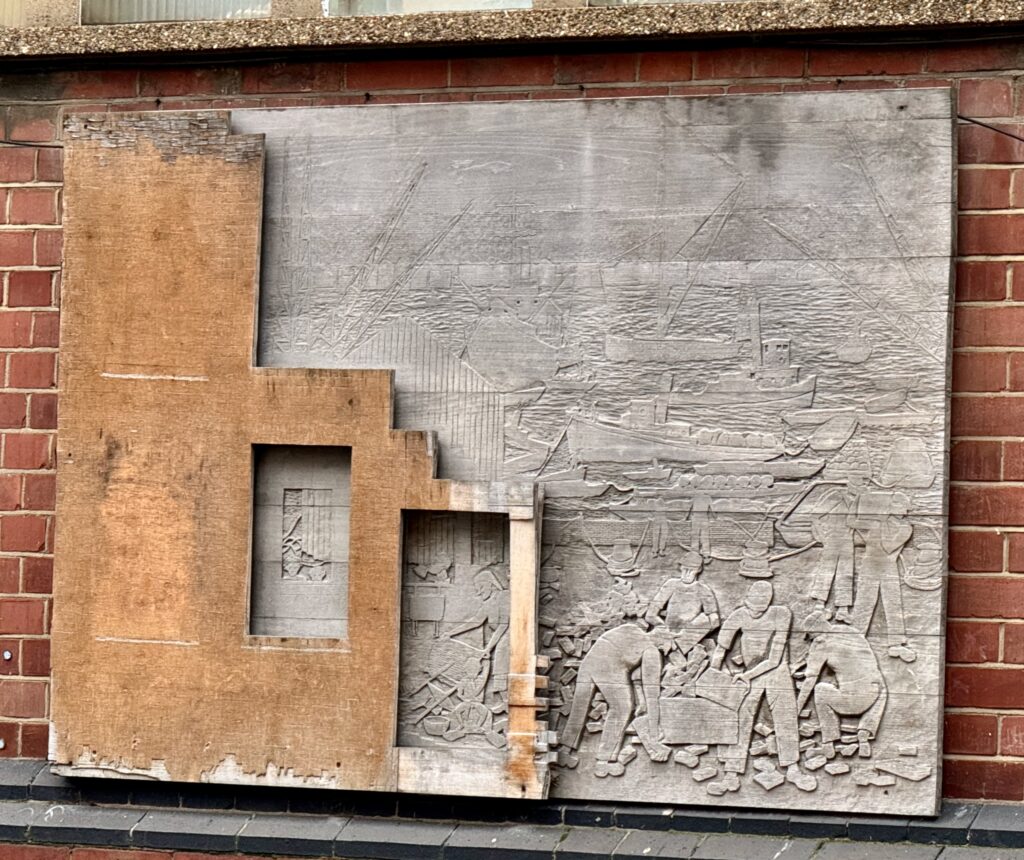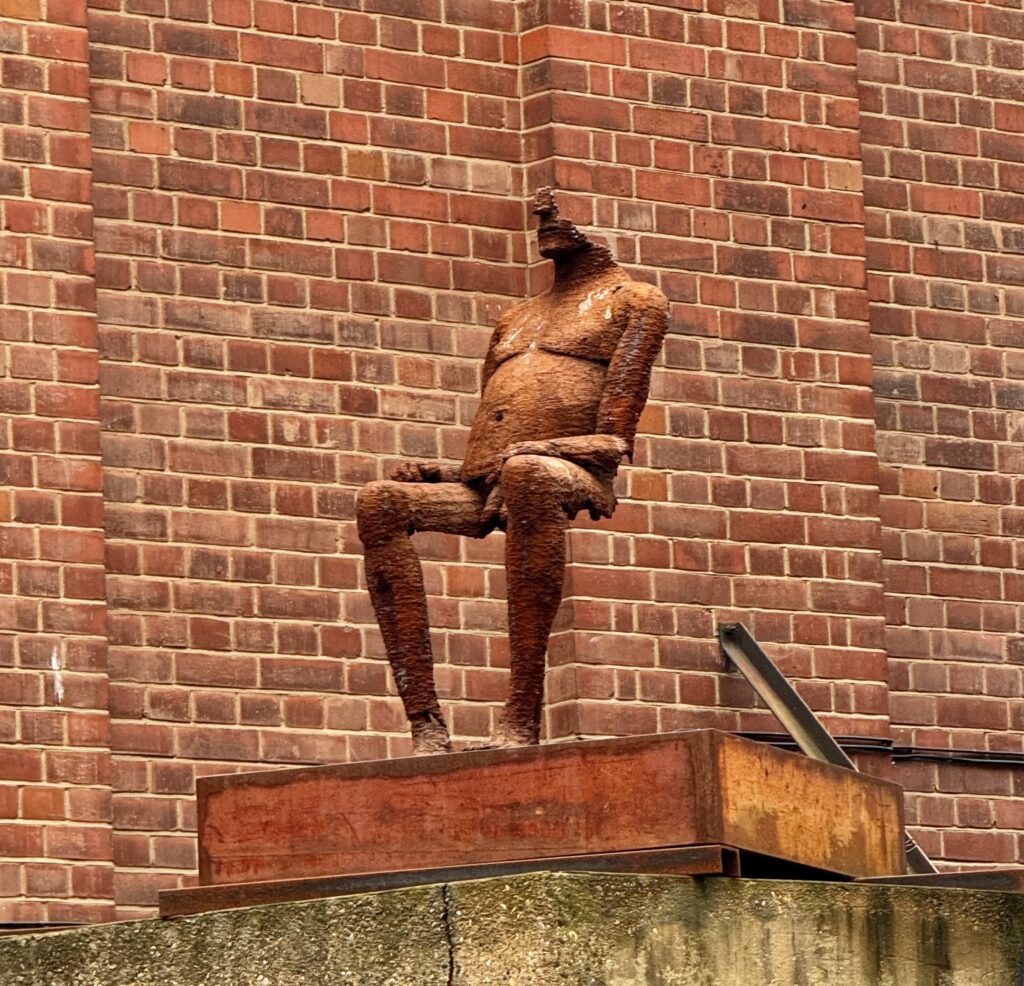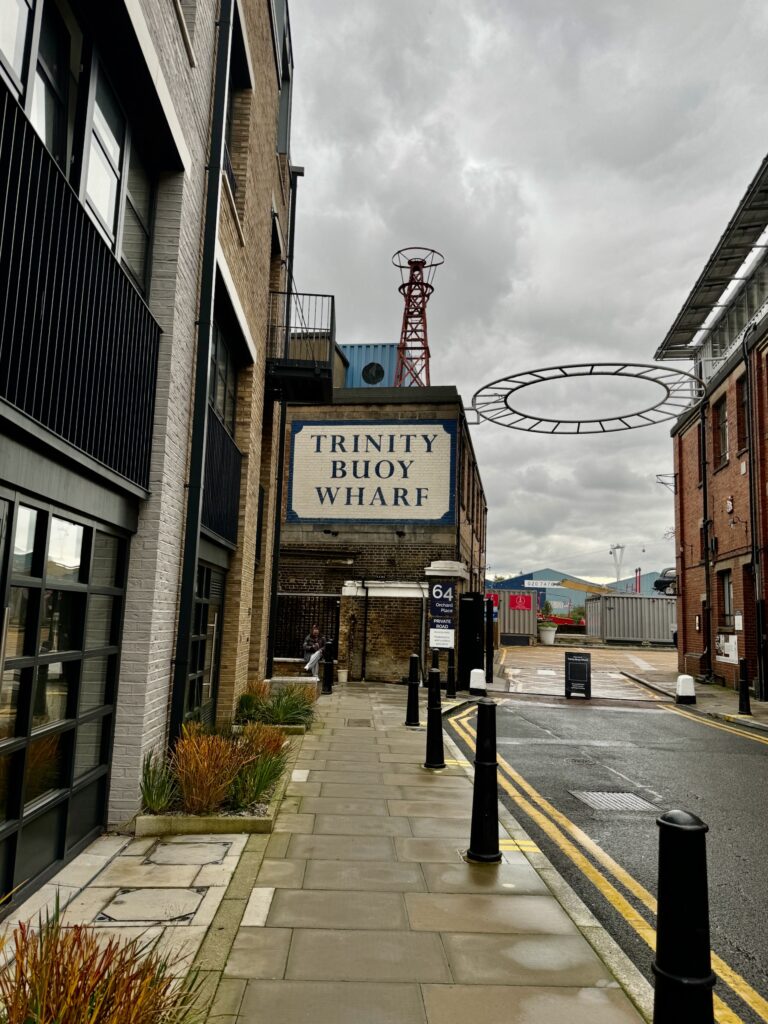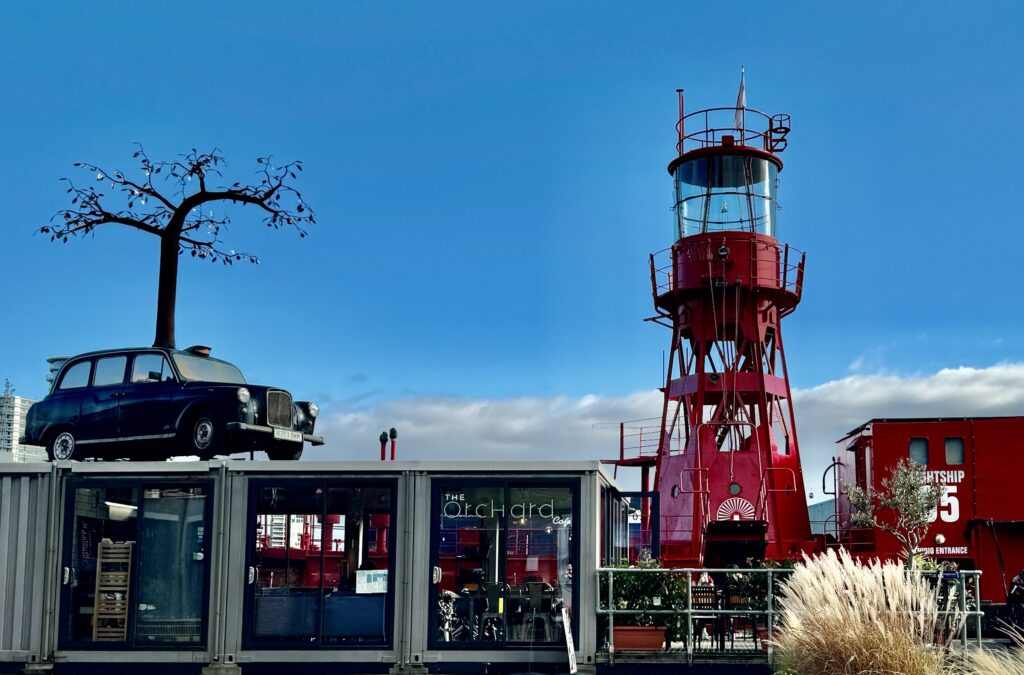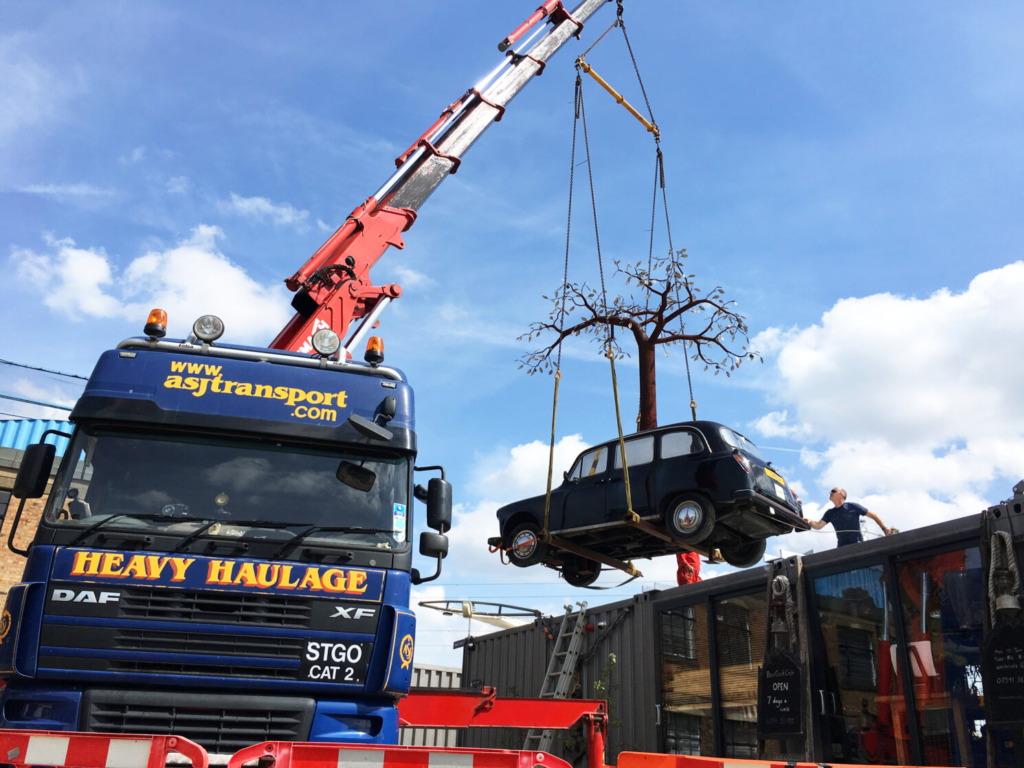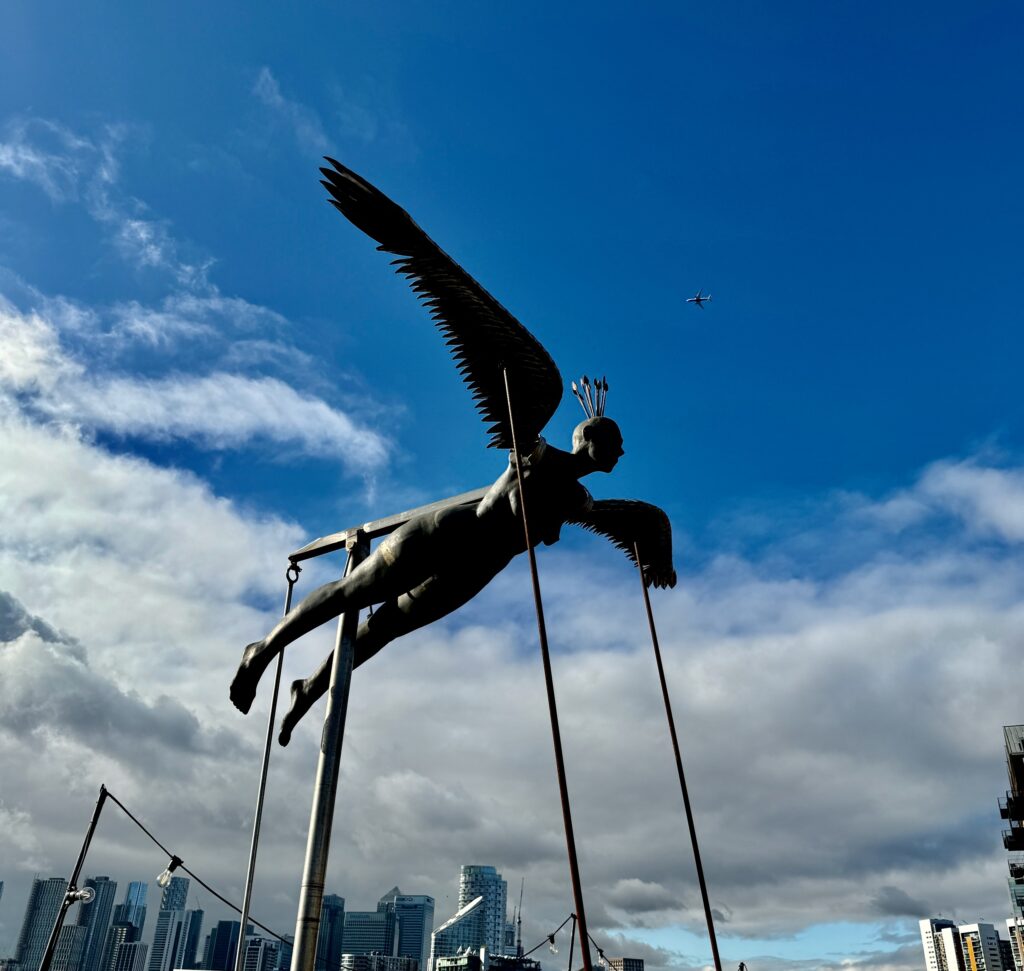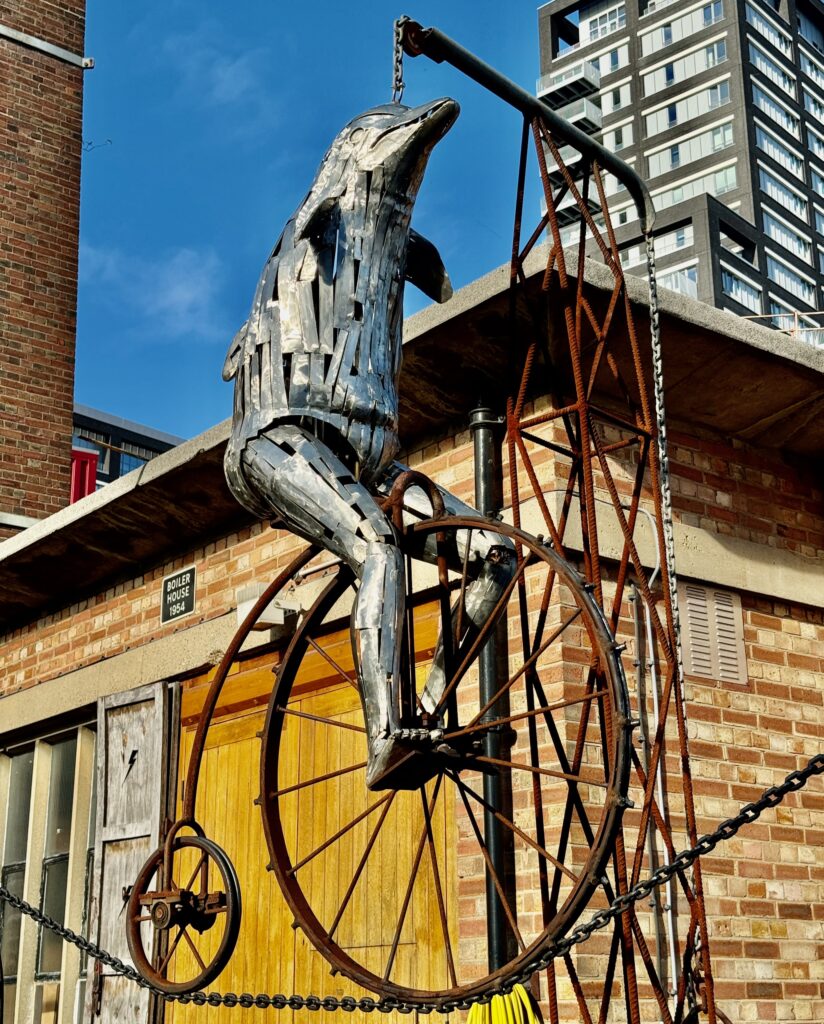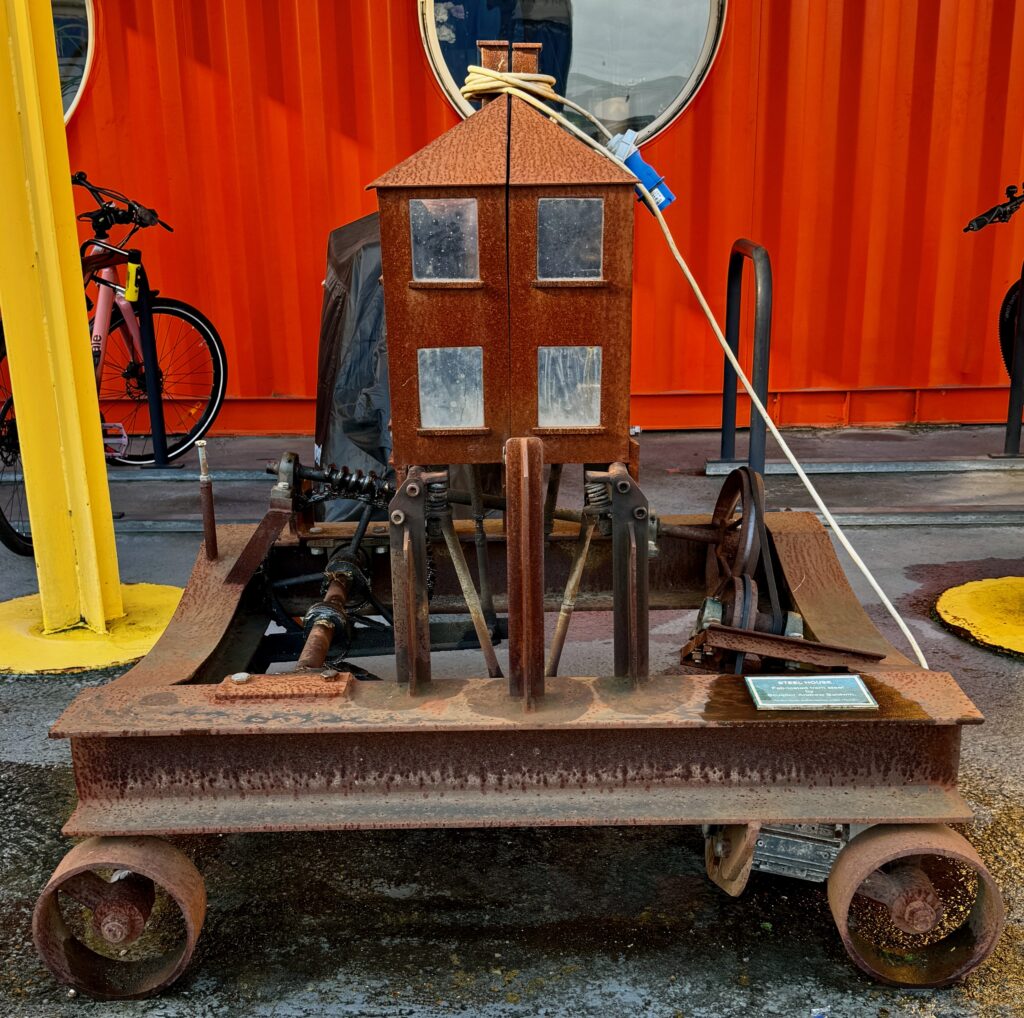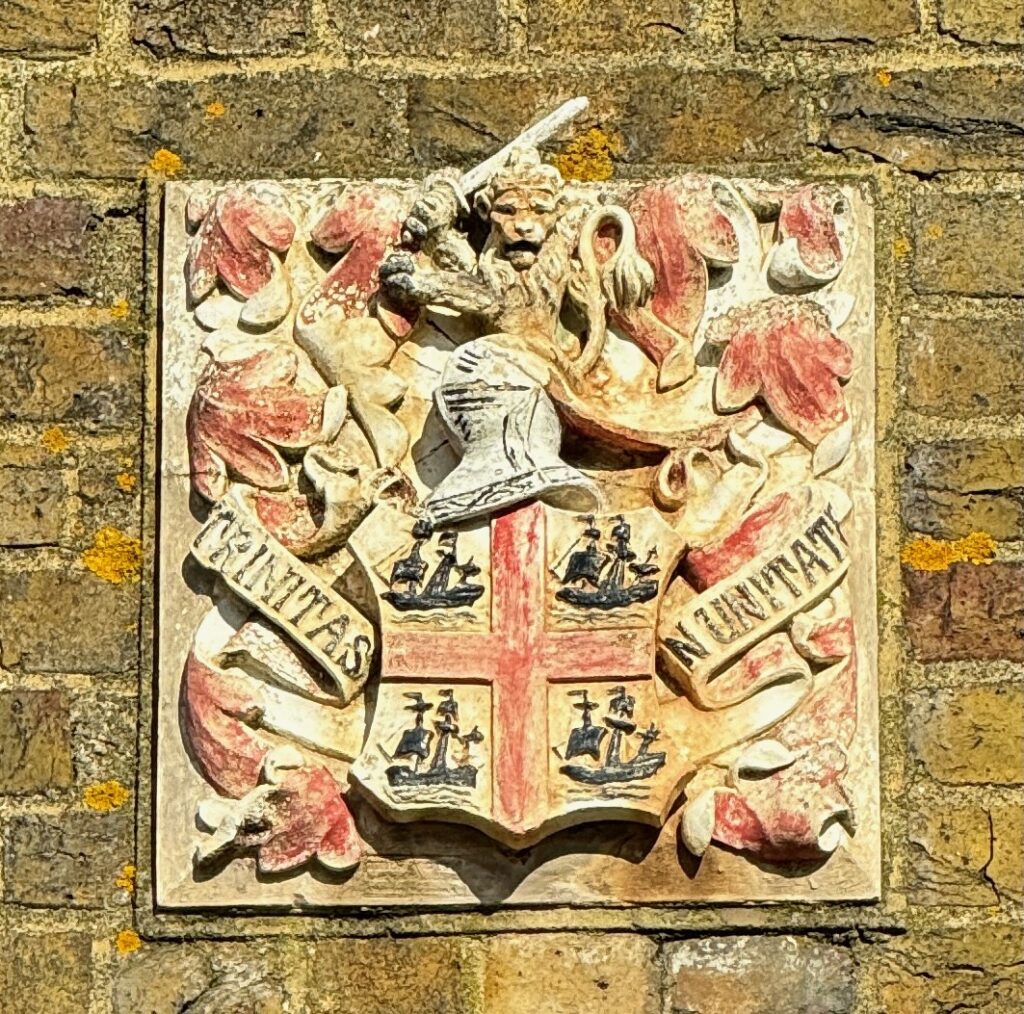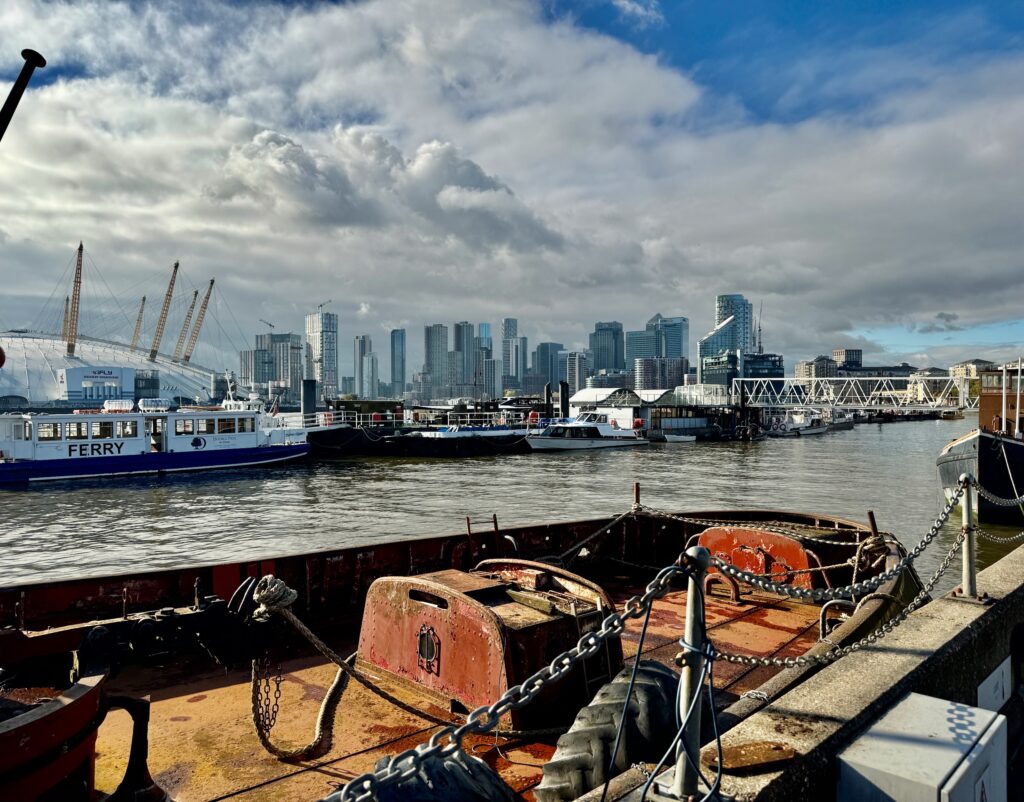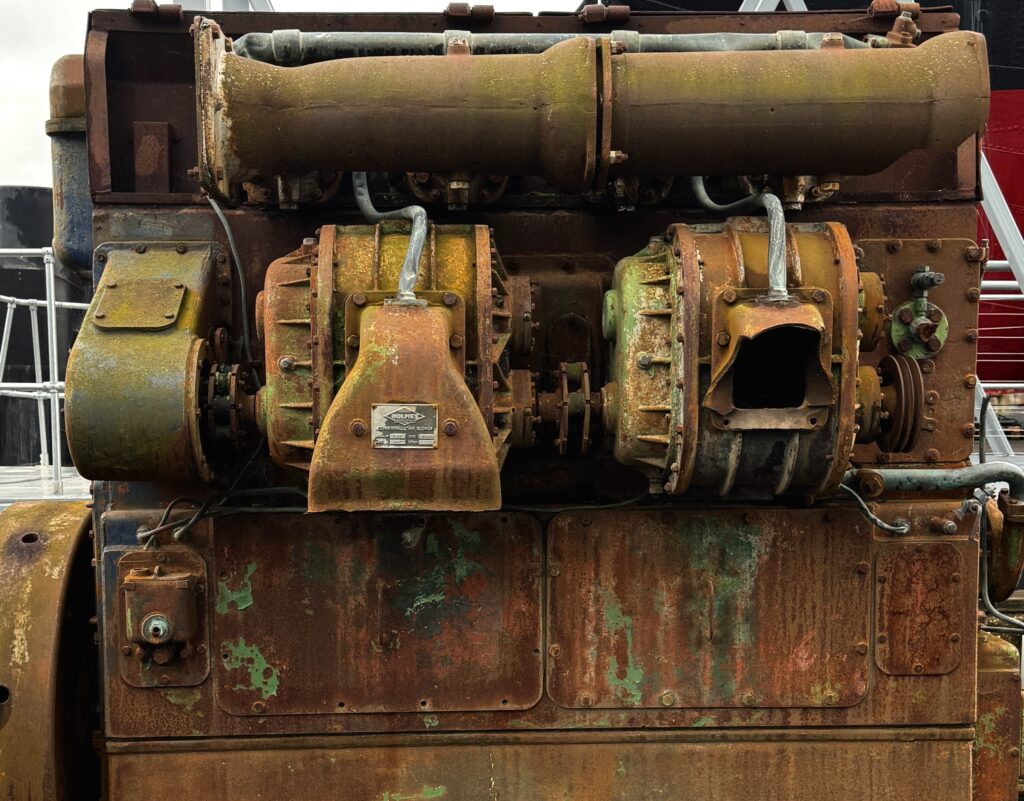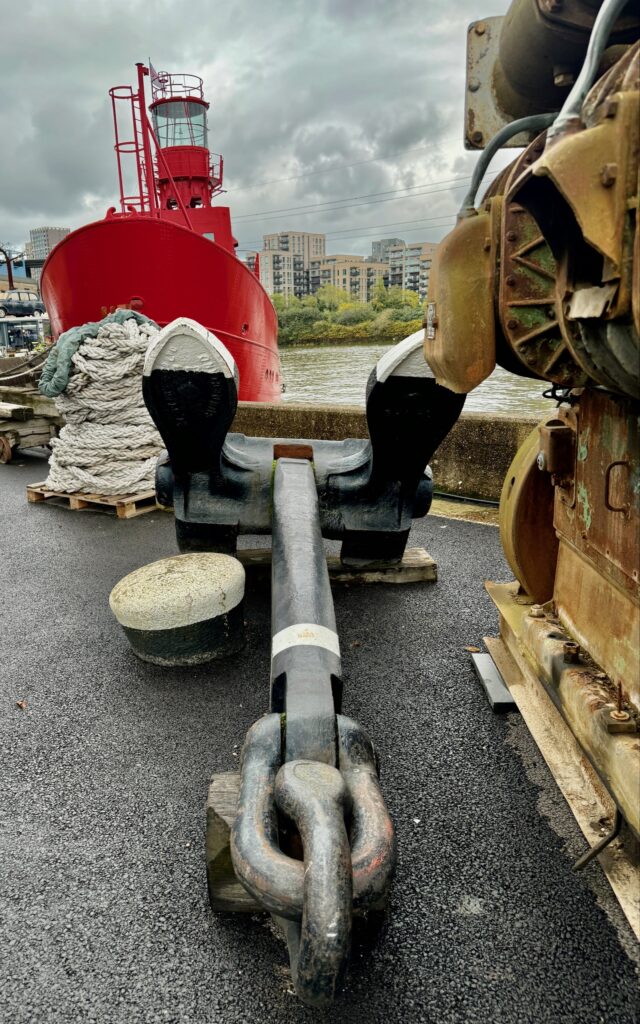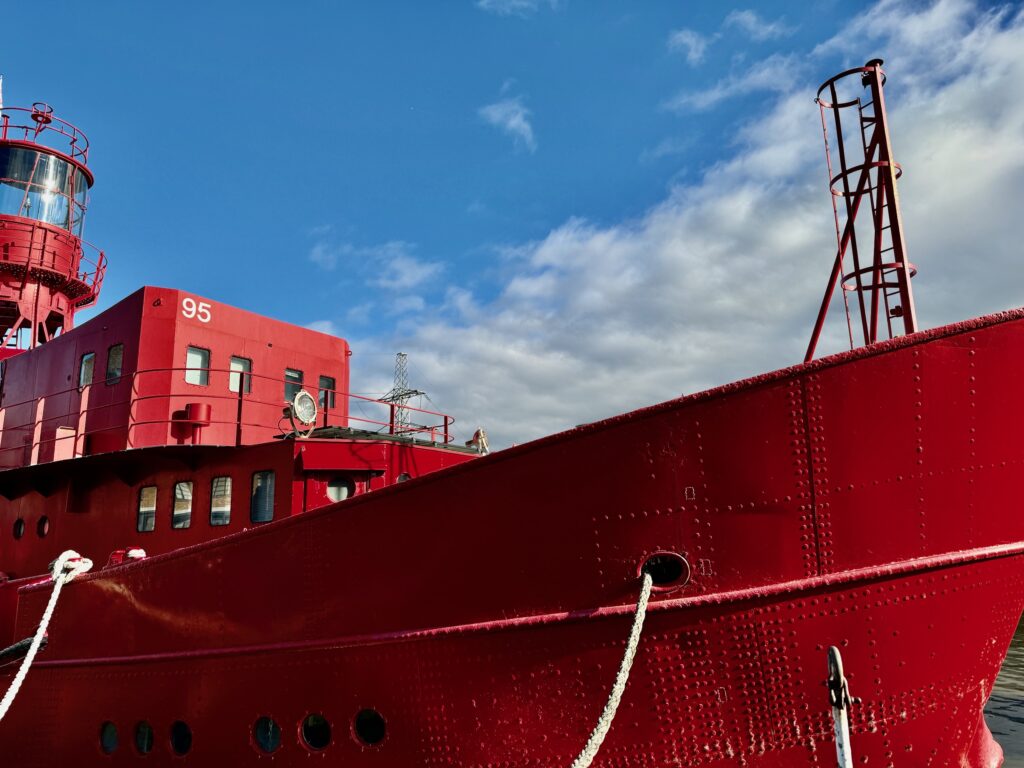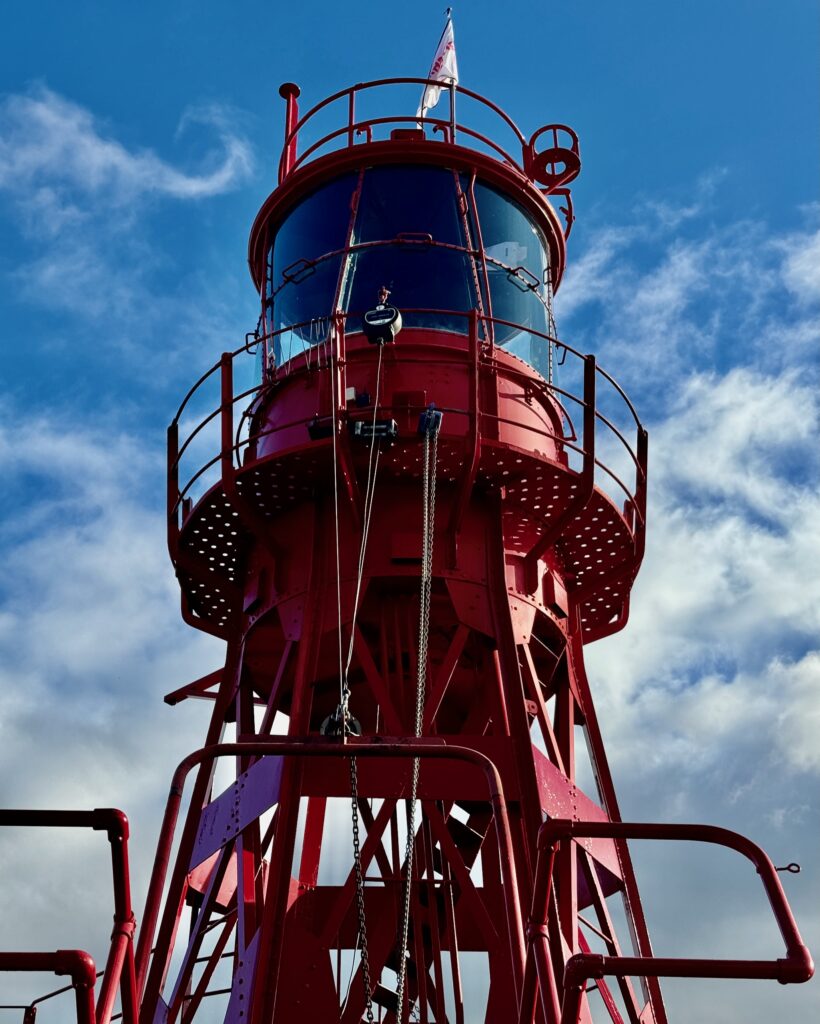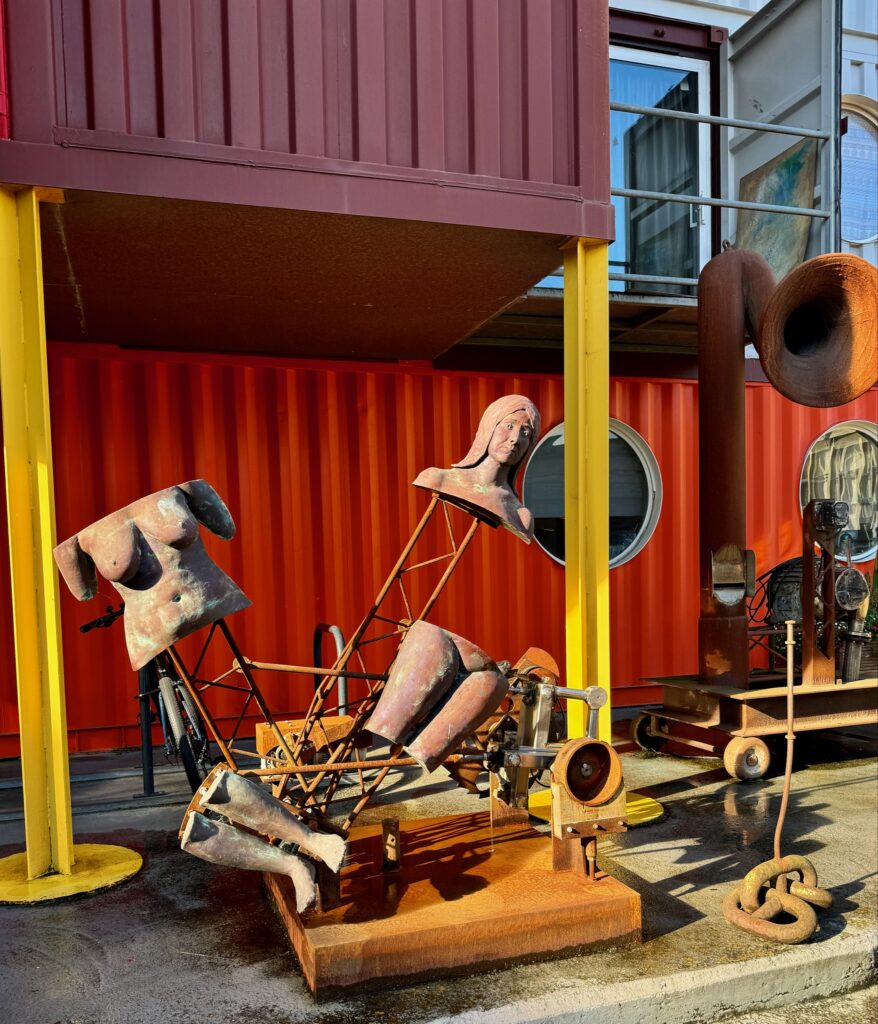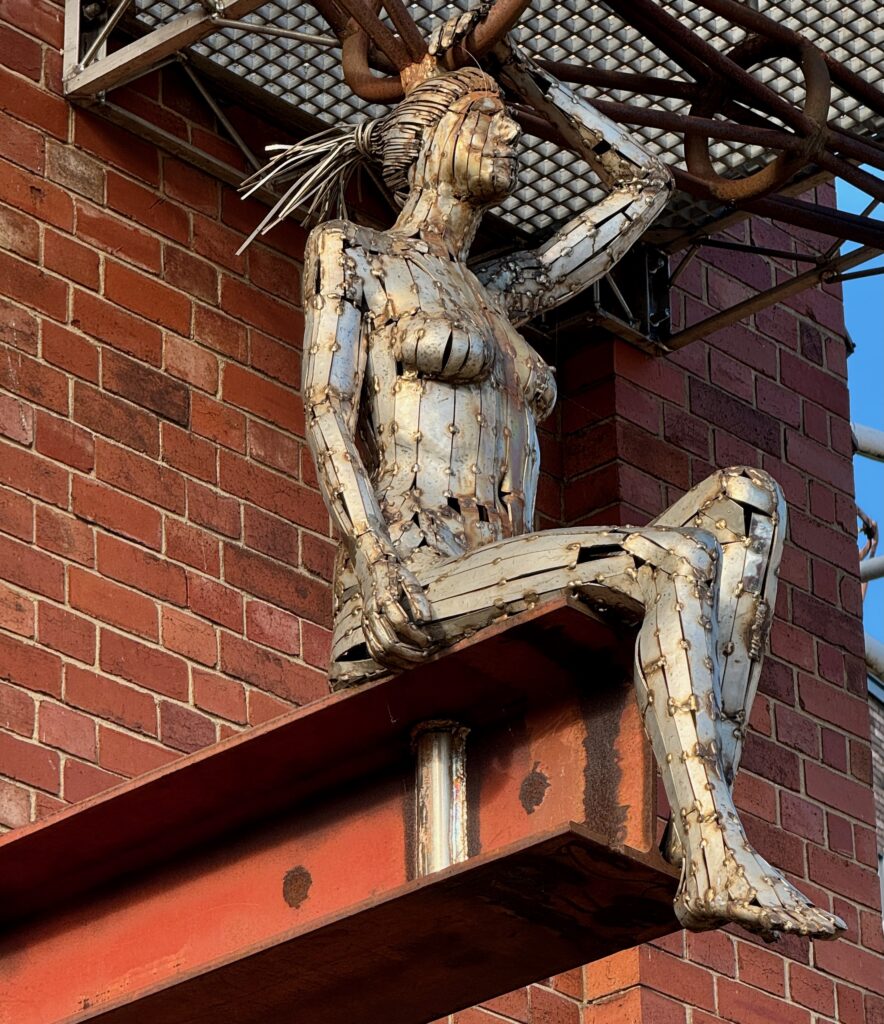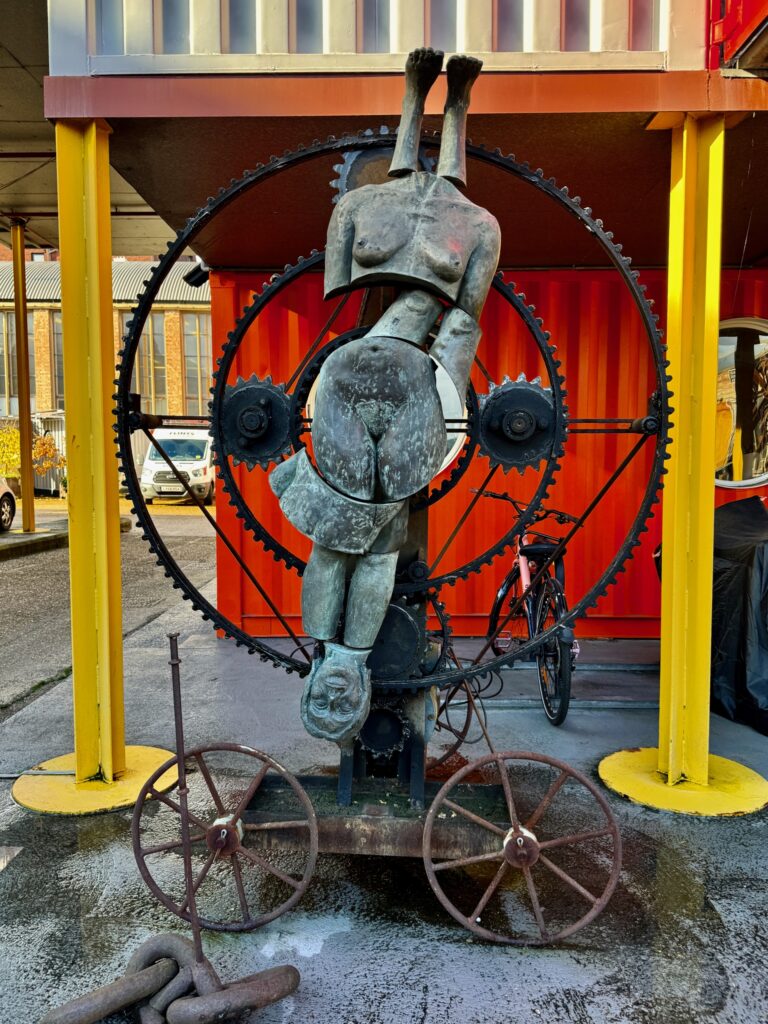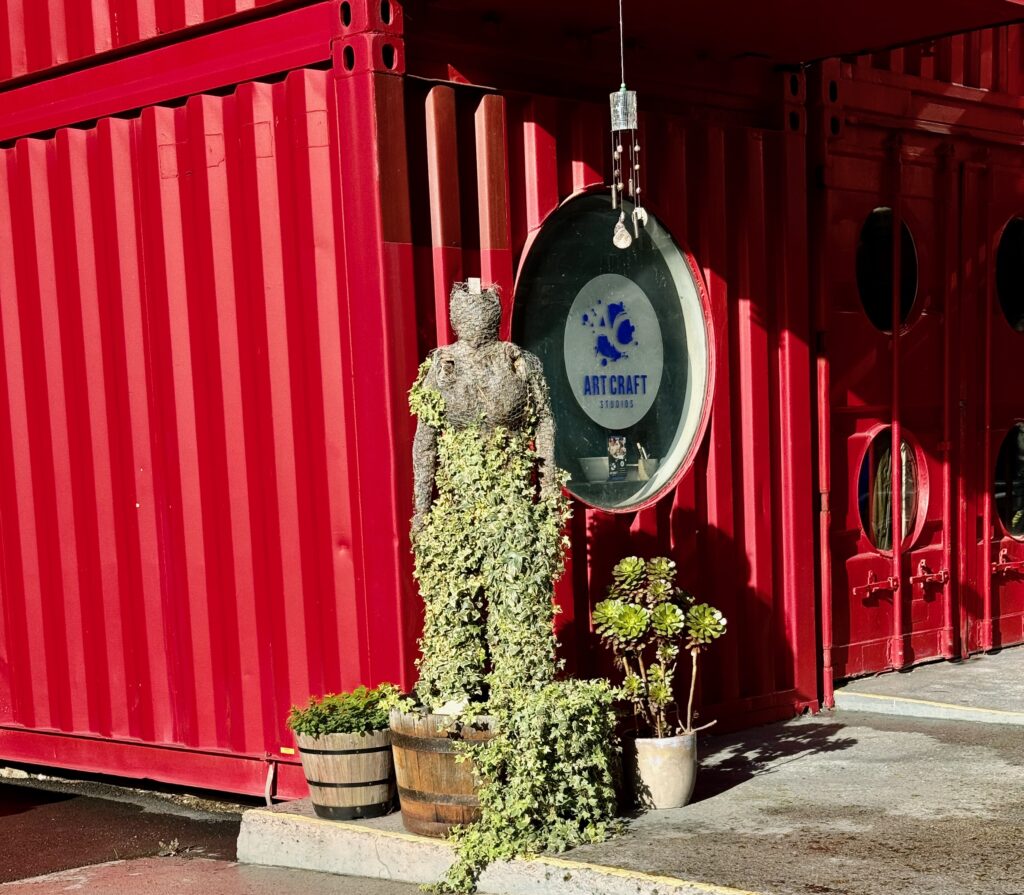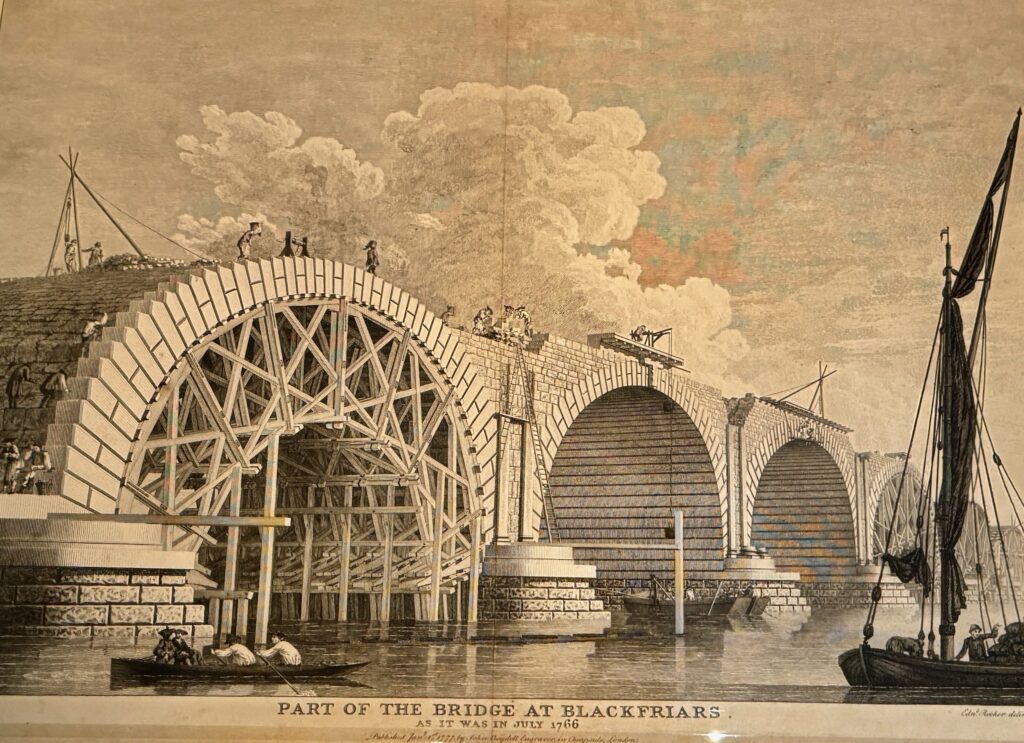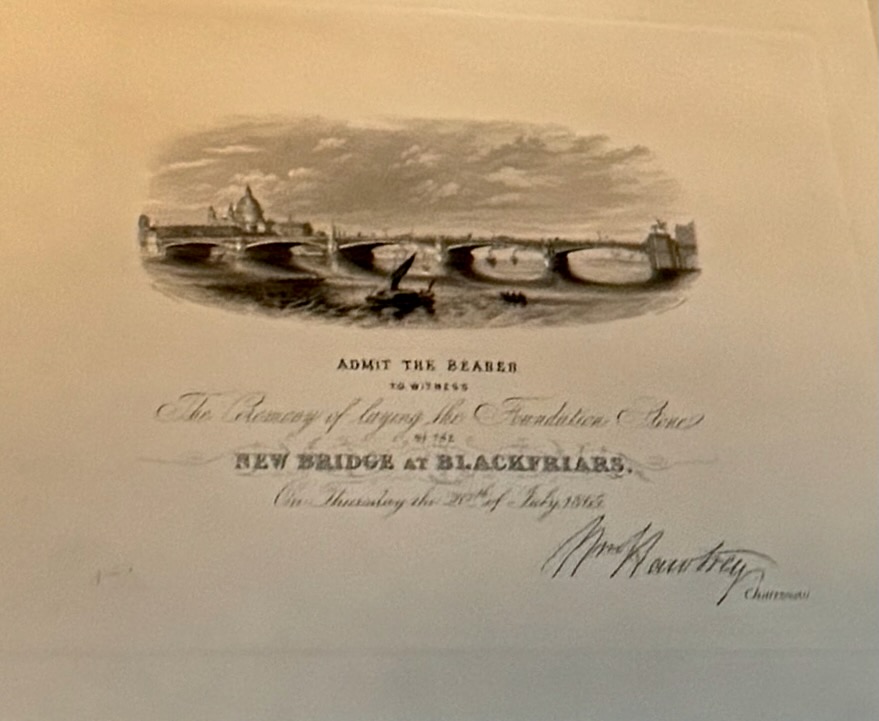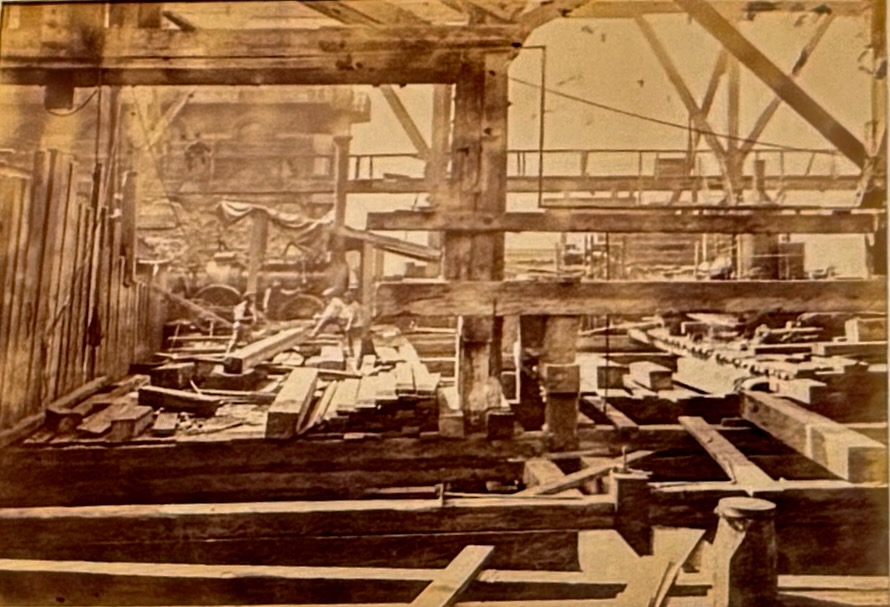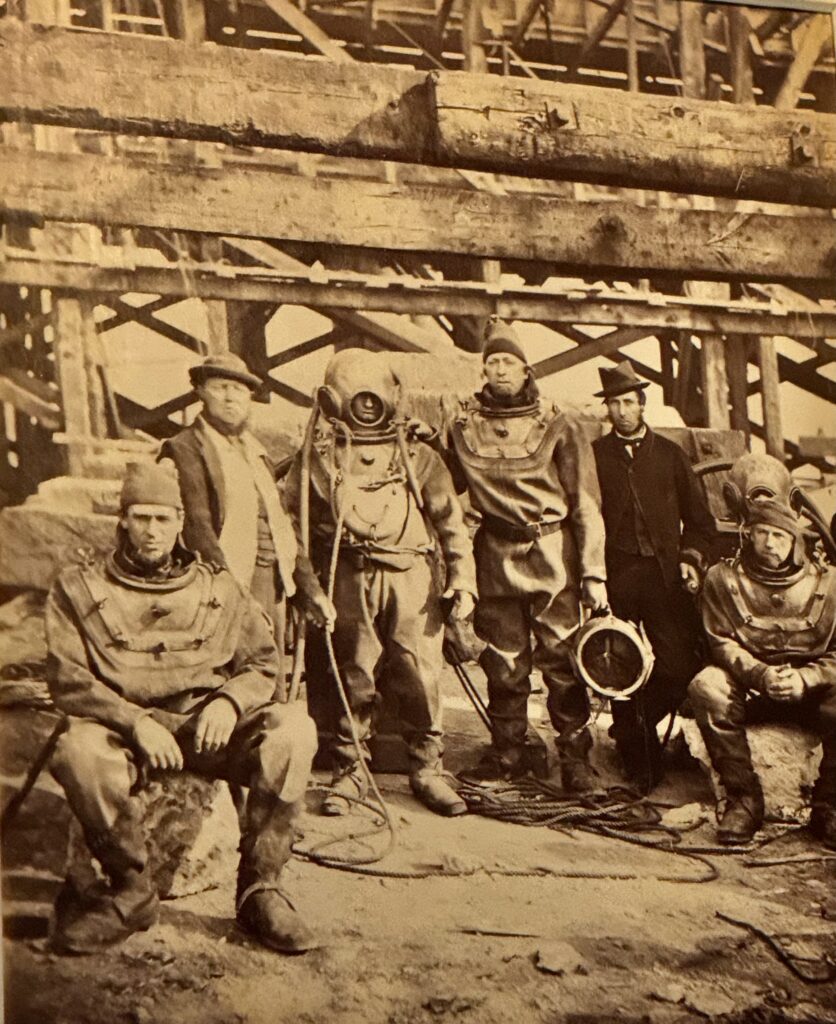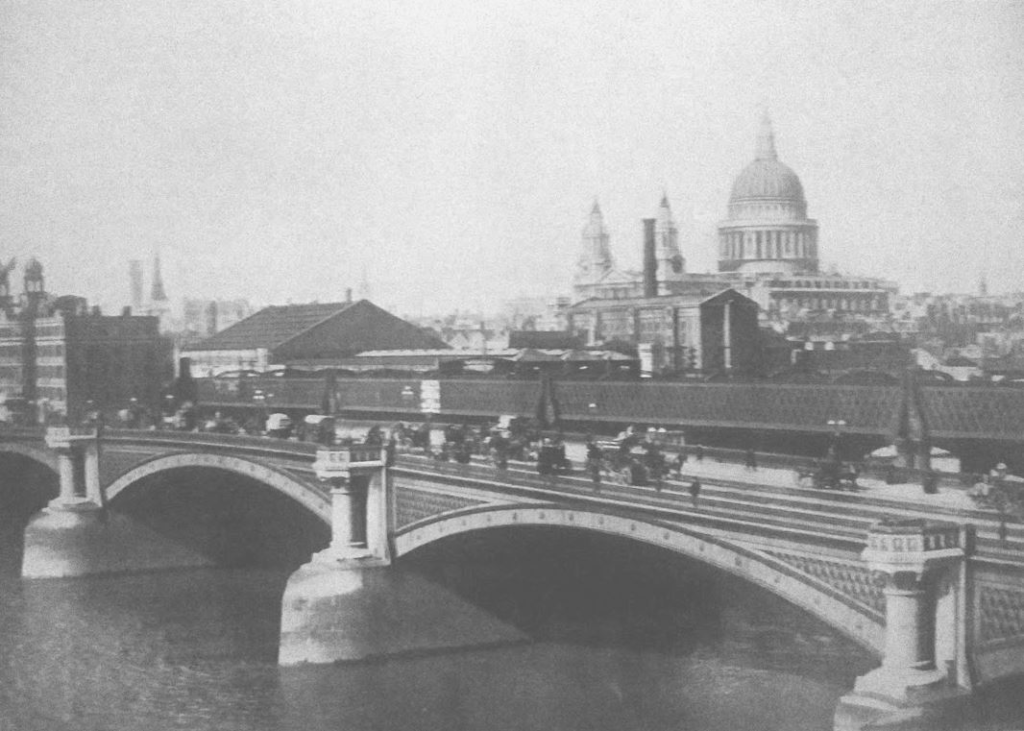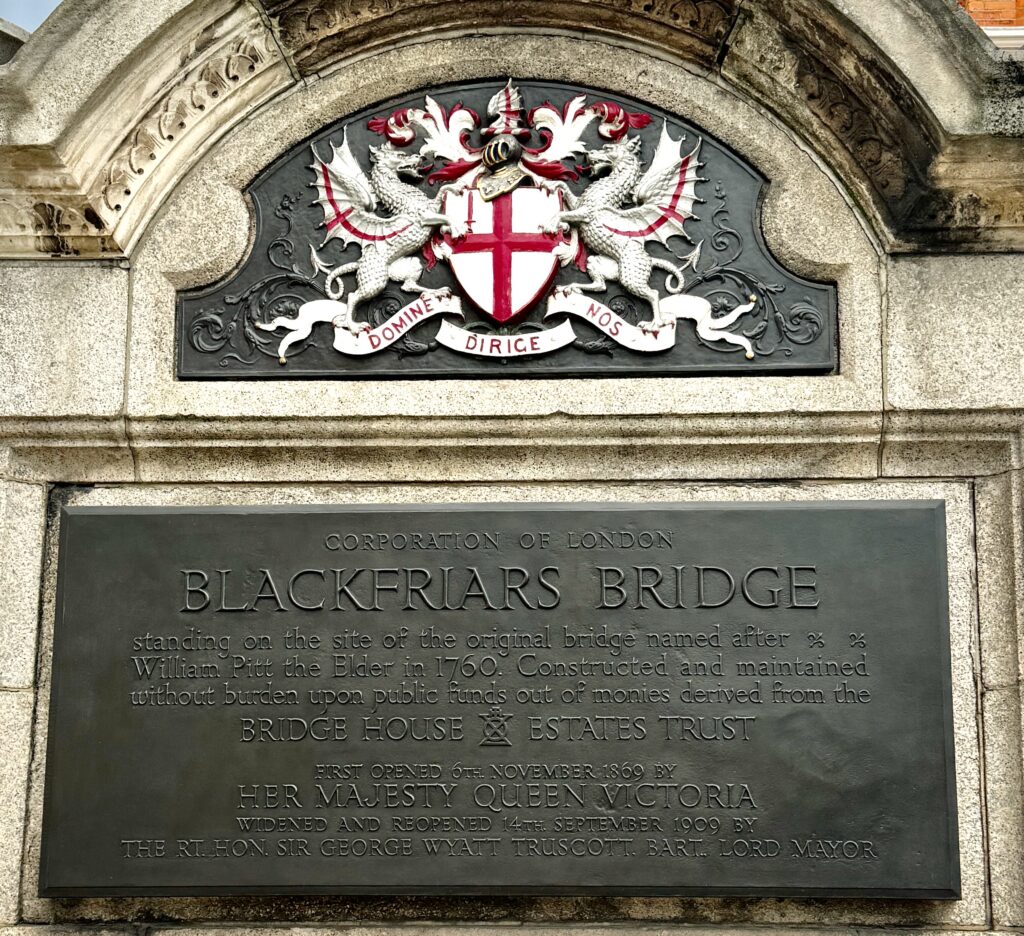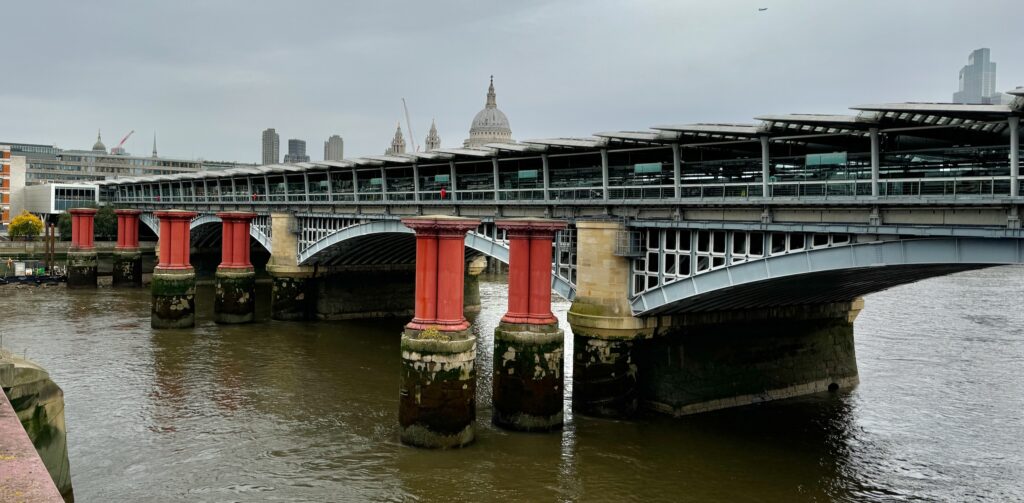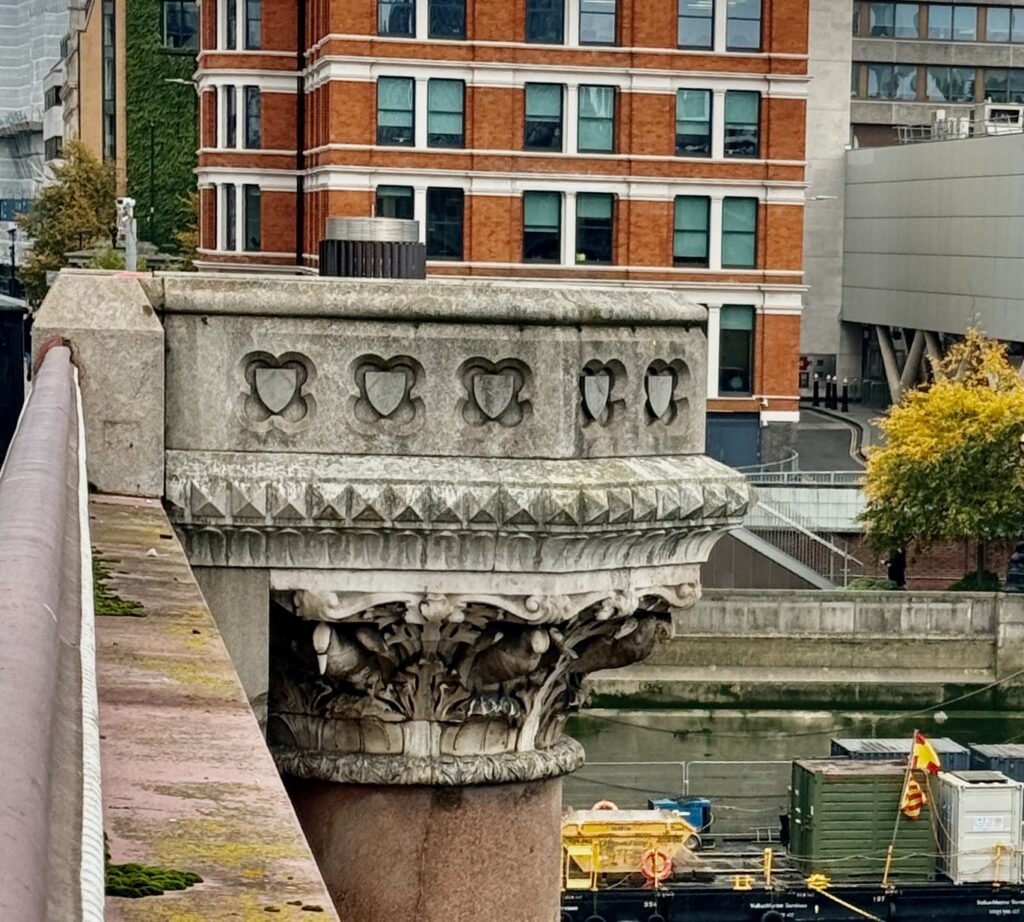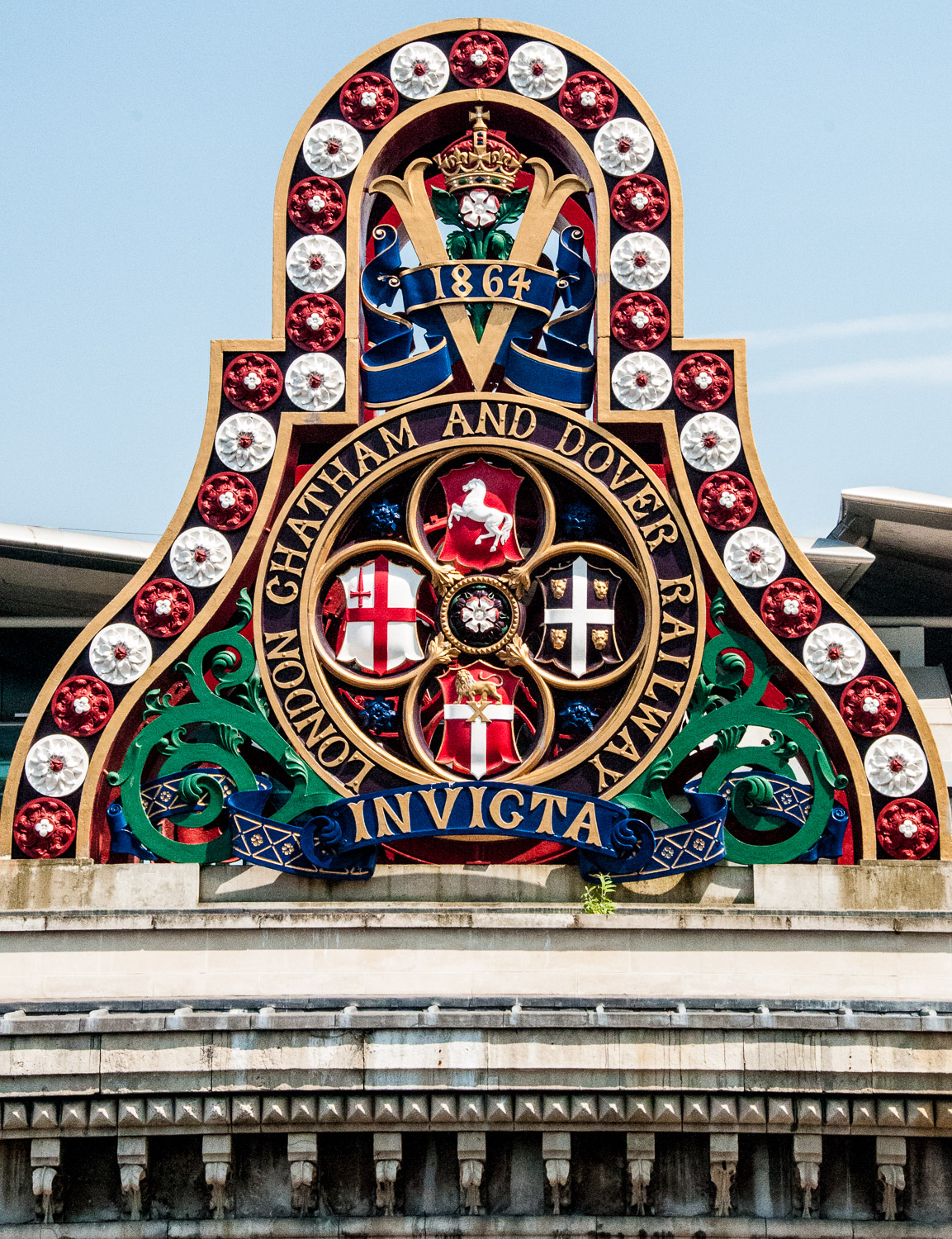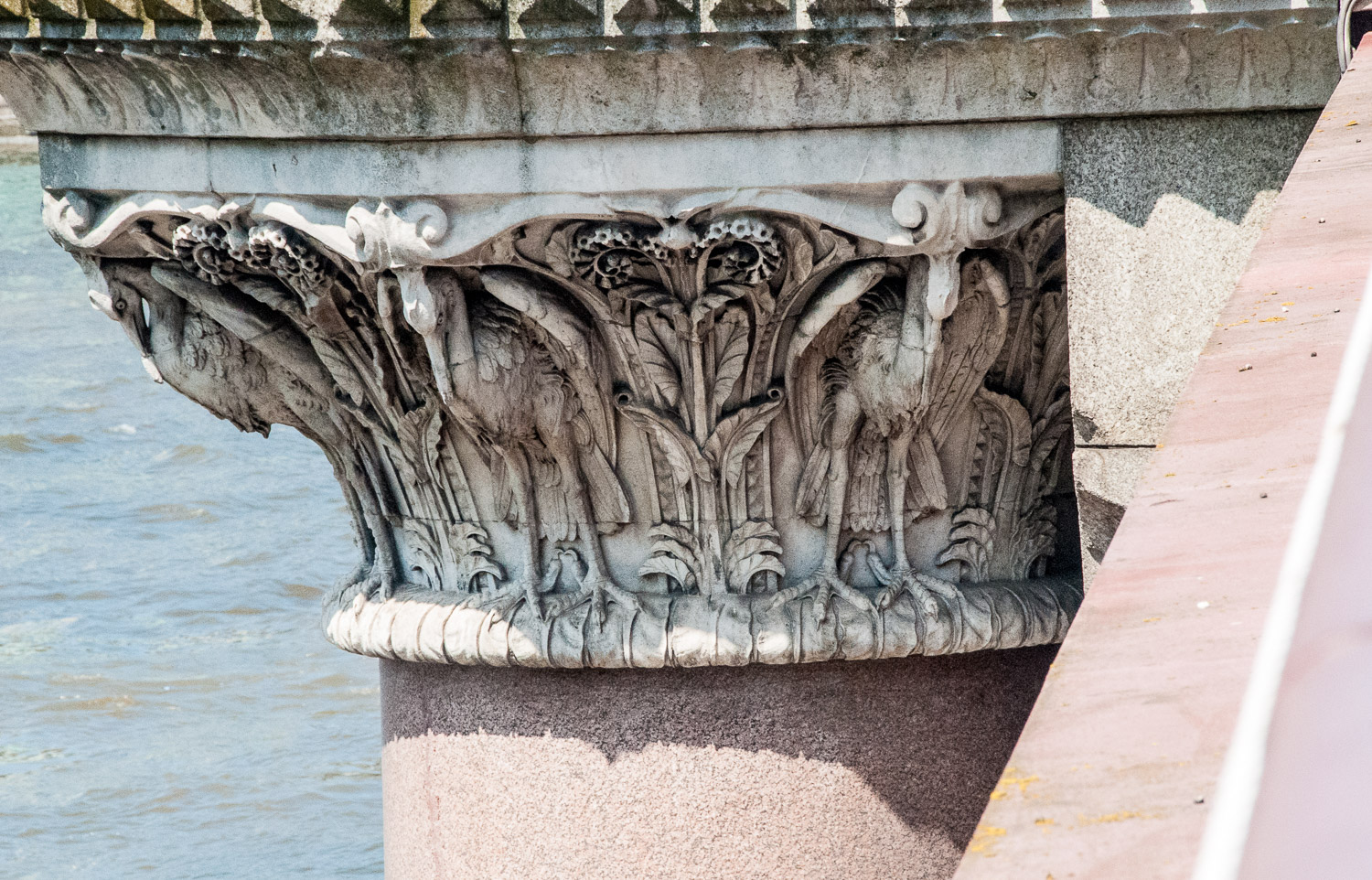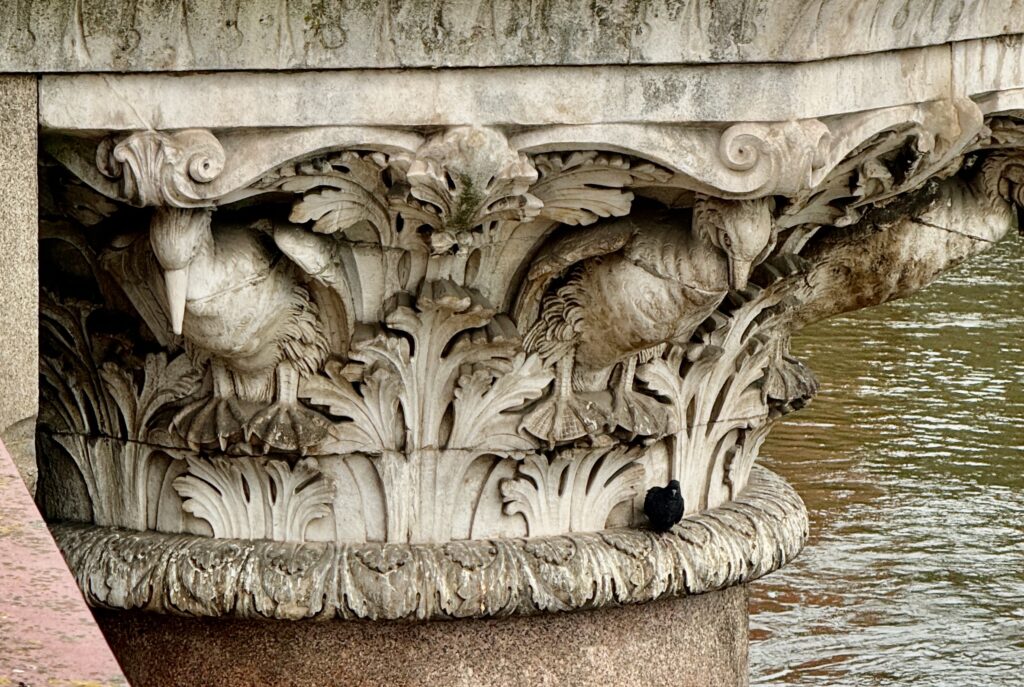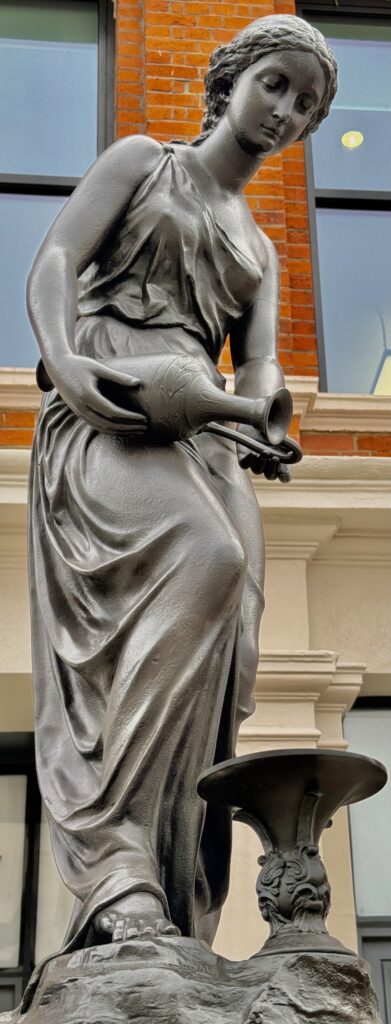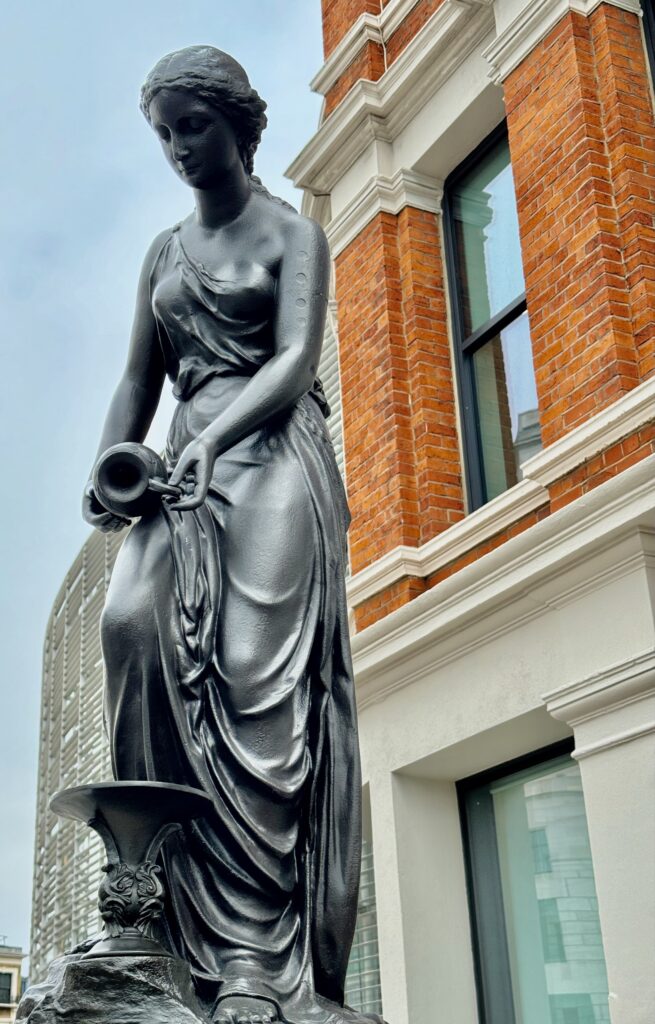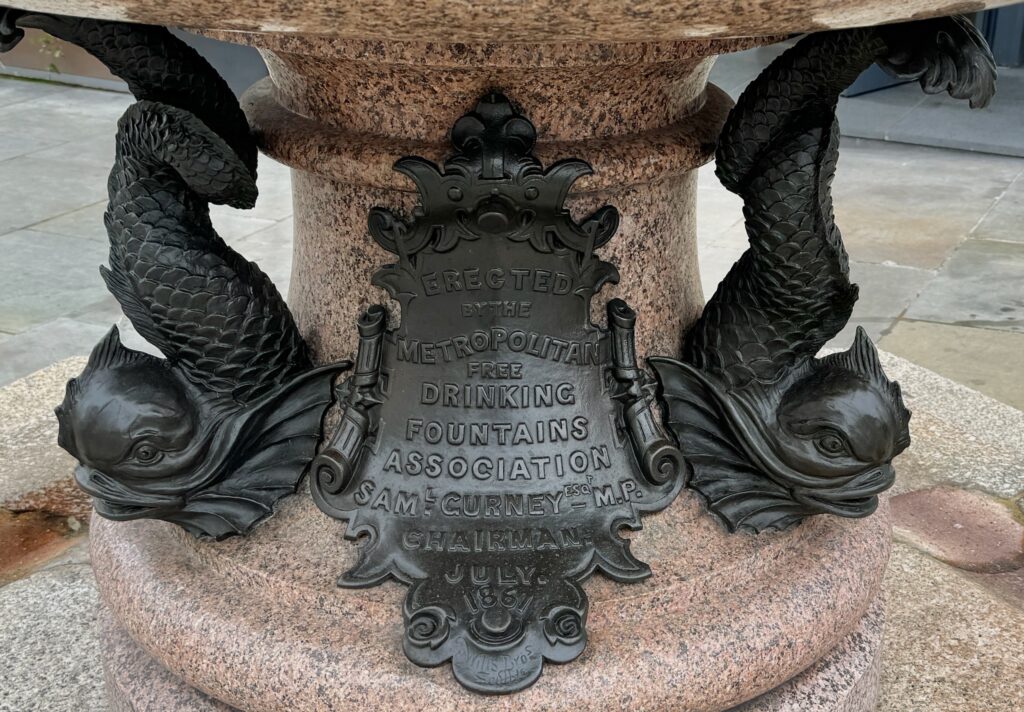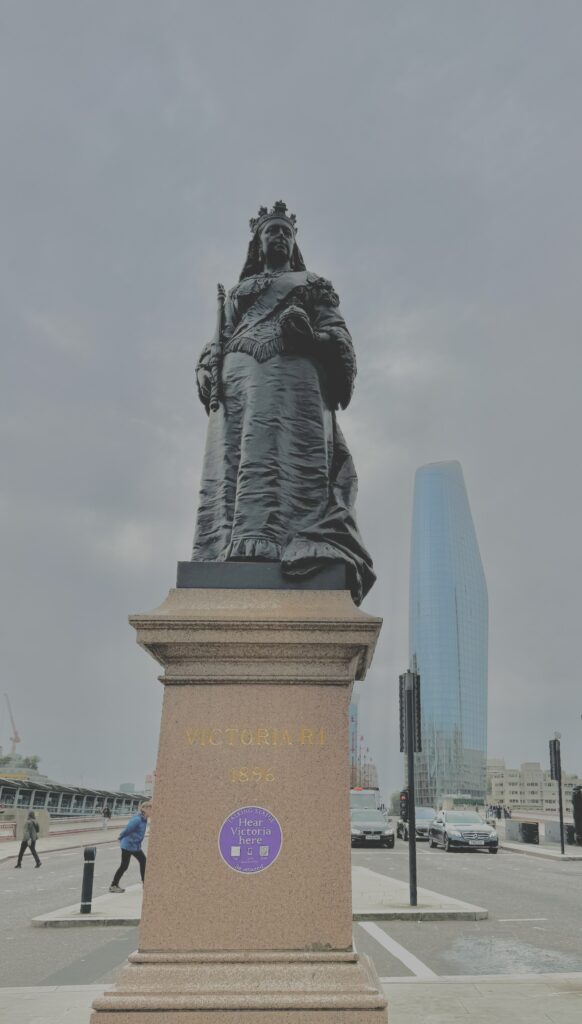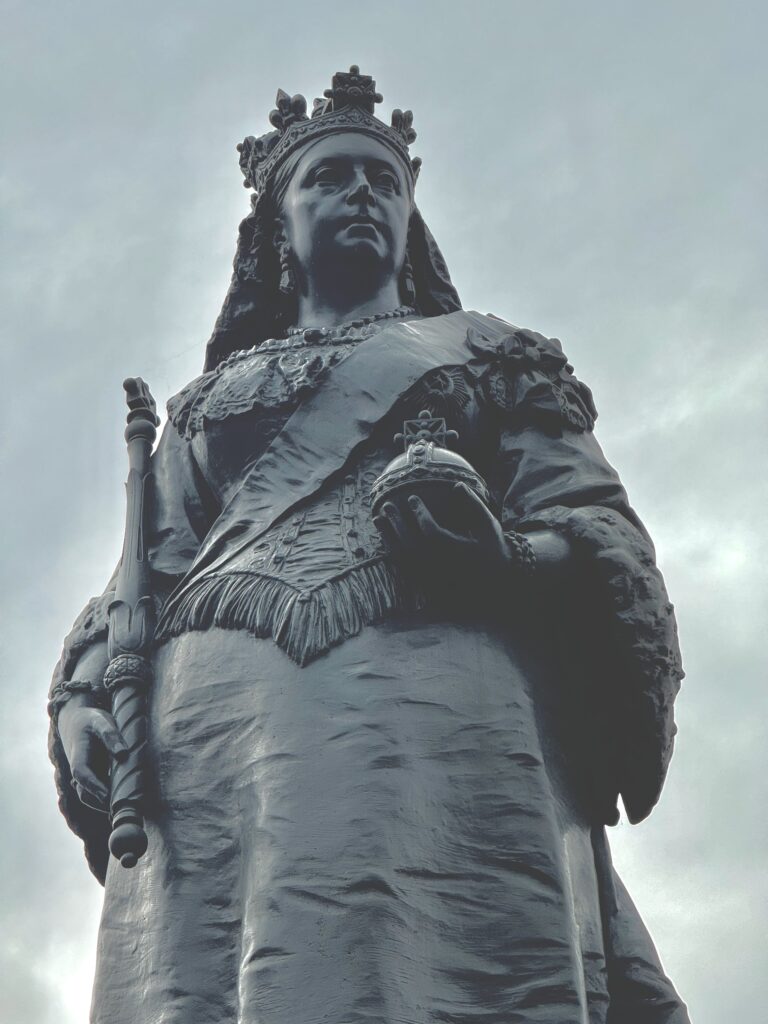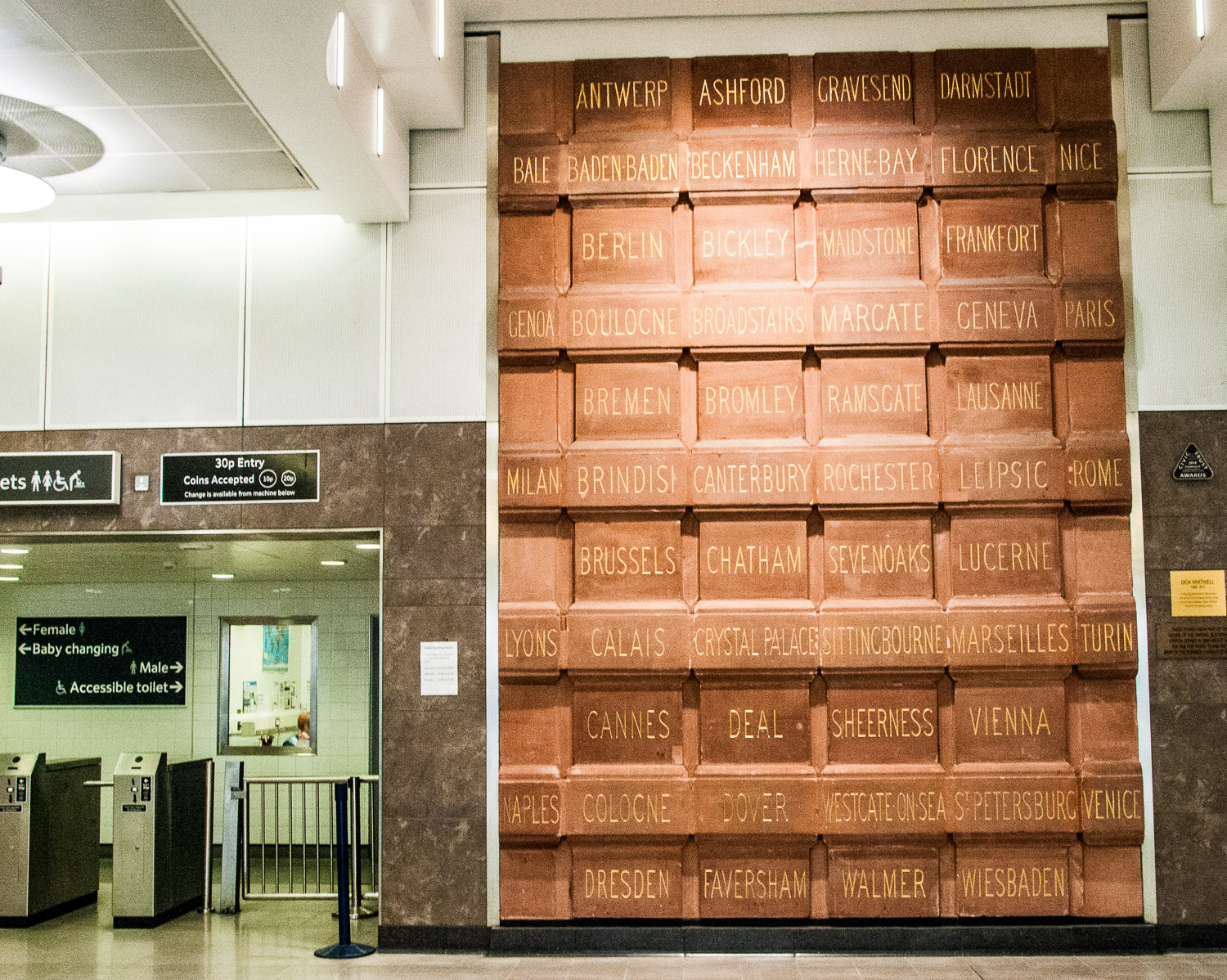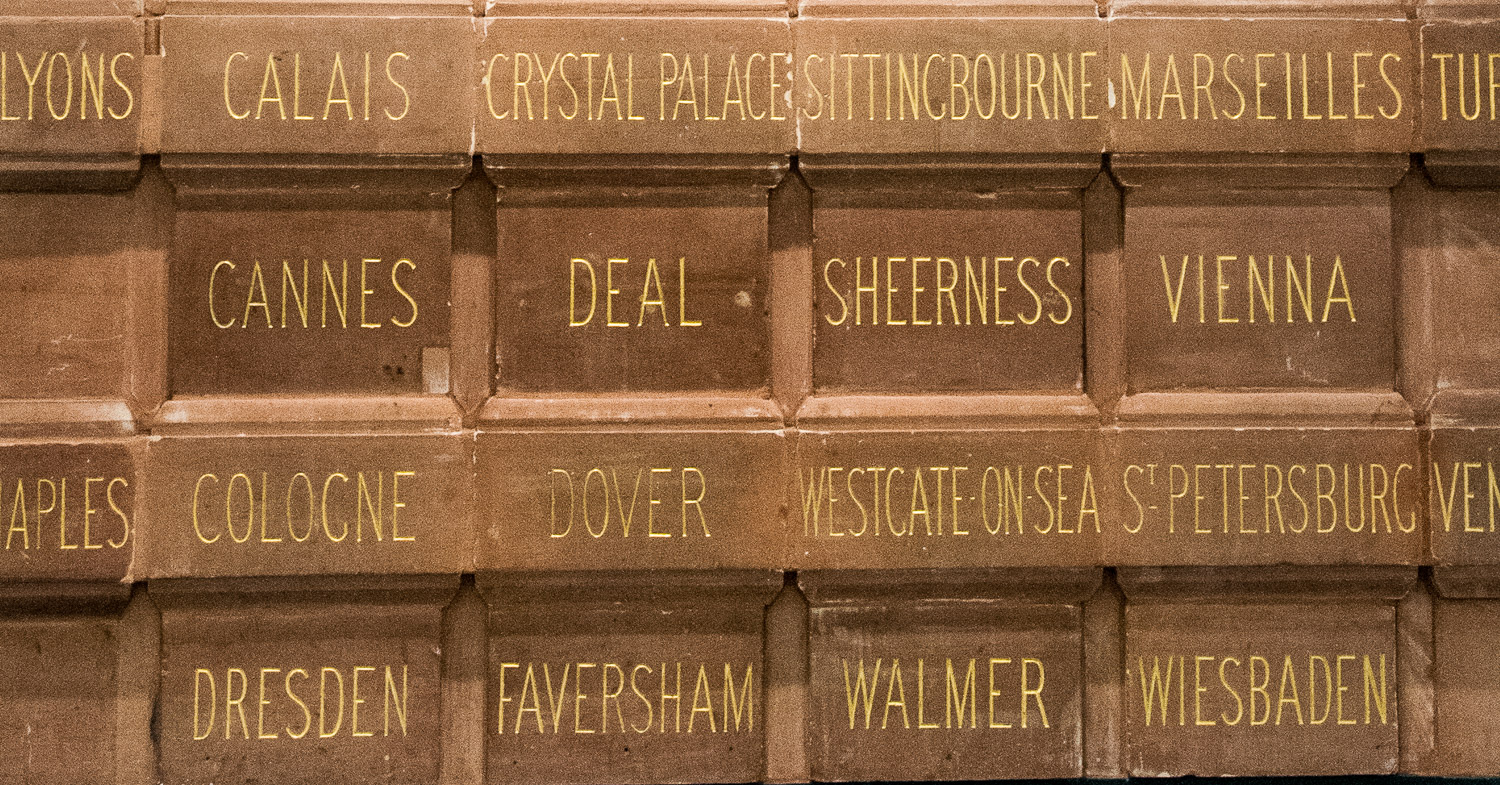Last Saturday I visited what is, in my opinion, the most extraordinary pub in the City, the Blackfriar …
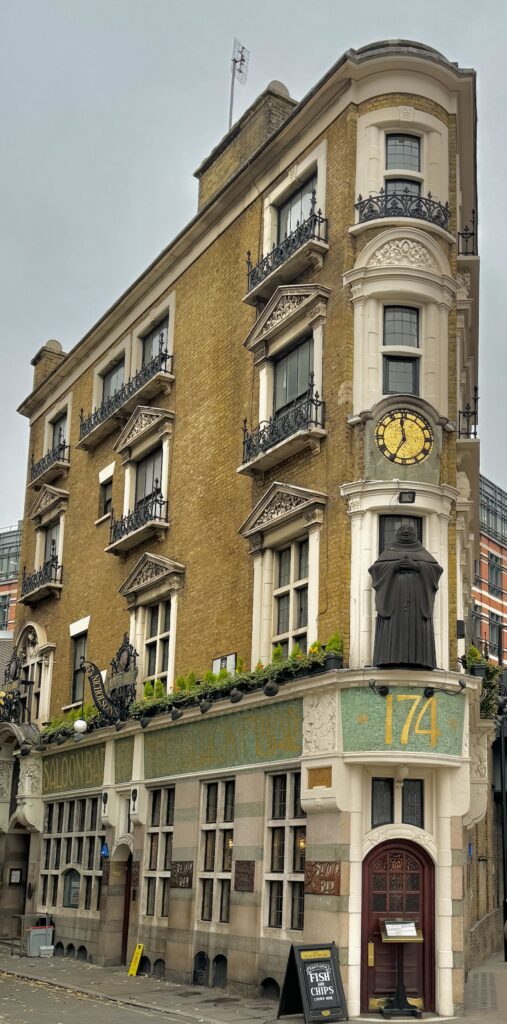
It’s a tall, narrow, wedge shaped treat of a building squeezed in between two roads and a railway bridge.
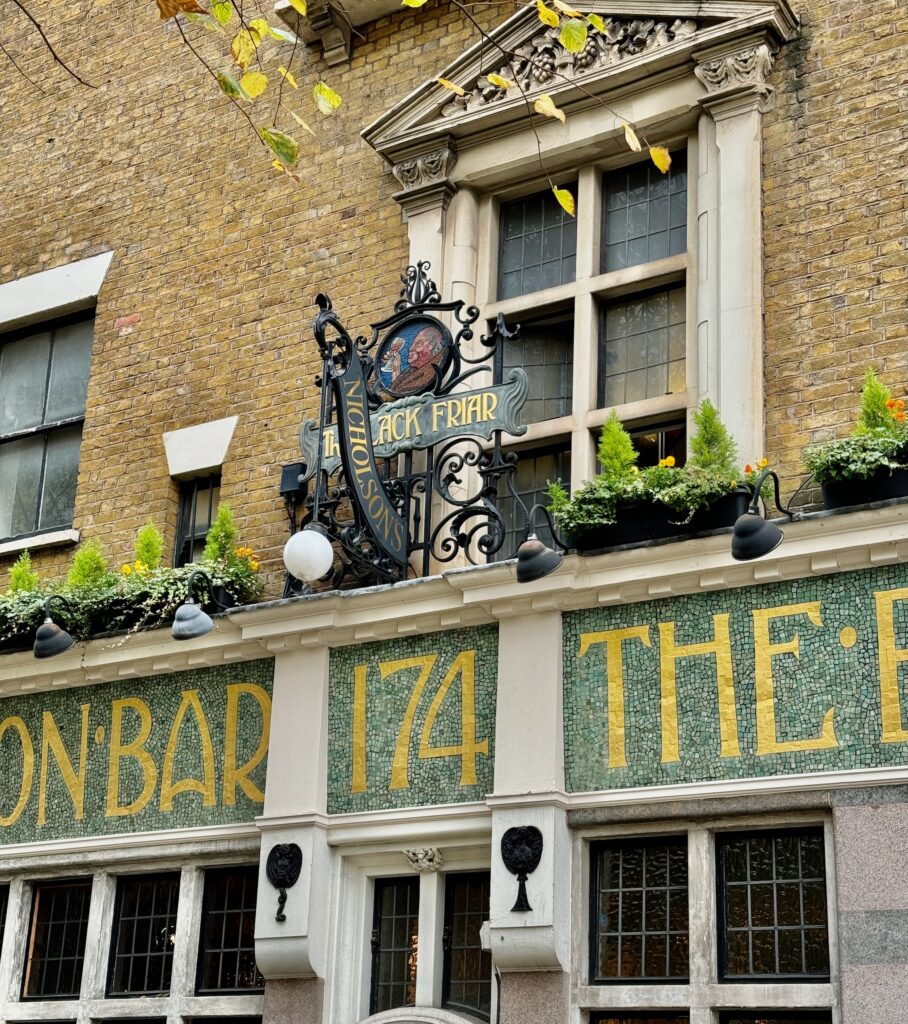
A jolly, corpulent friar embodies the name of the place …

He harks back to the Dominican monastery that once stood on the site before the Dissolution of the 16th century saw it sold off or leased to weathy merchants.
You get a sense of how extraordinary this pub is before you even enter. Here the cellarer carries wine along with the keys to his domain …
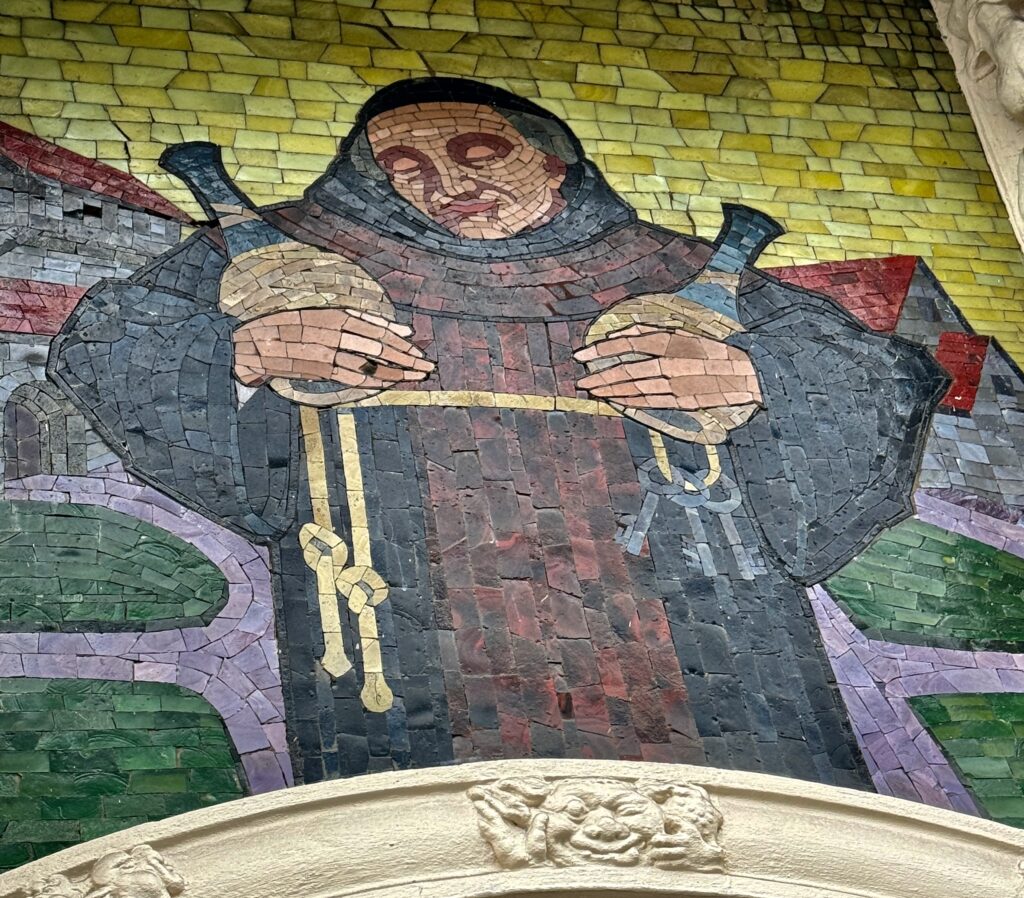
Inspecting the day’s catch whilst either side friars tuck in to pie and cheese…

More carvings to make you smile …
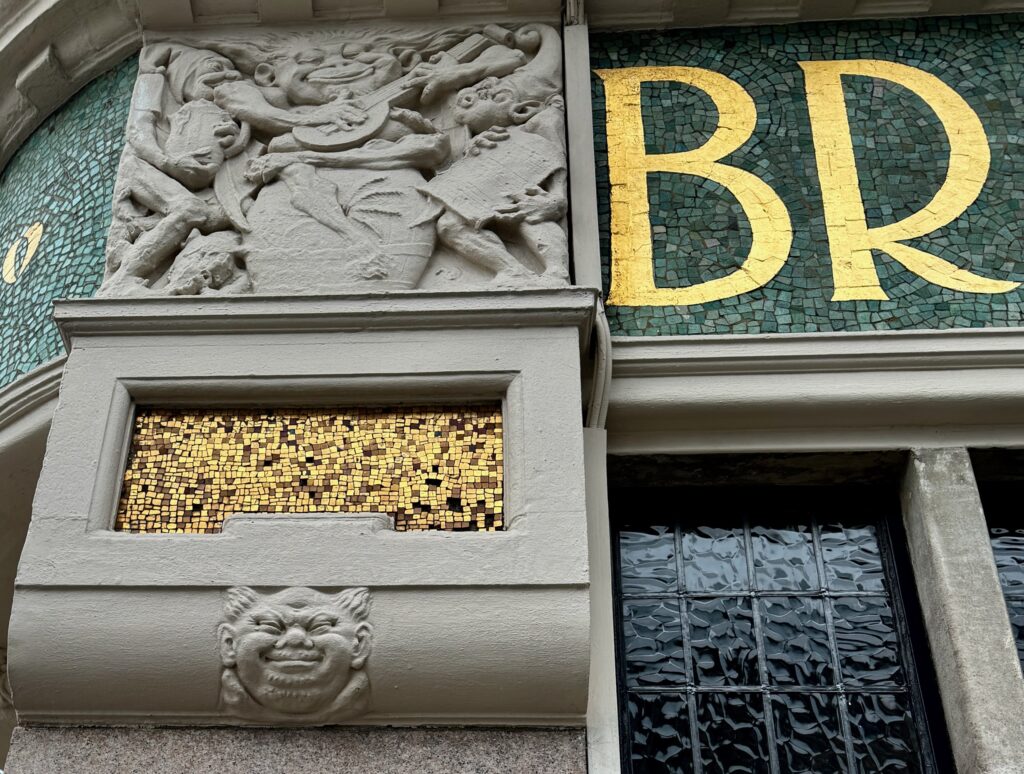
Intricate brass signage …
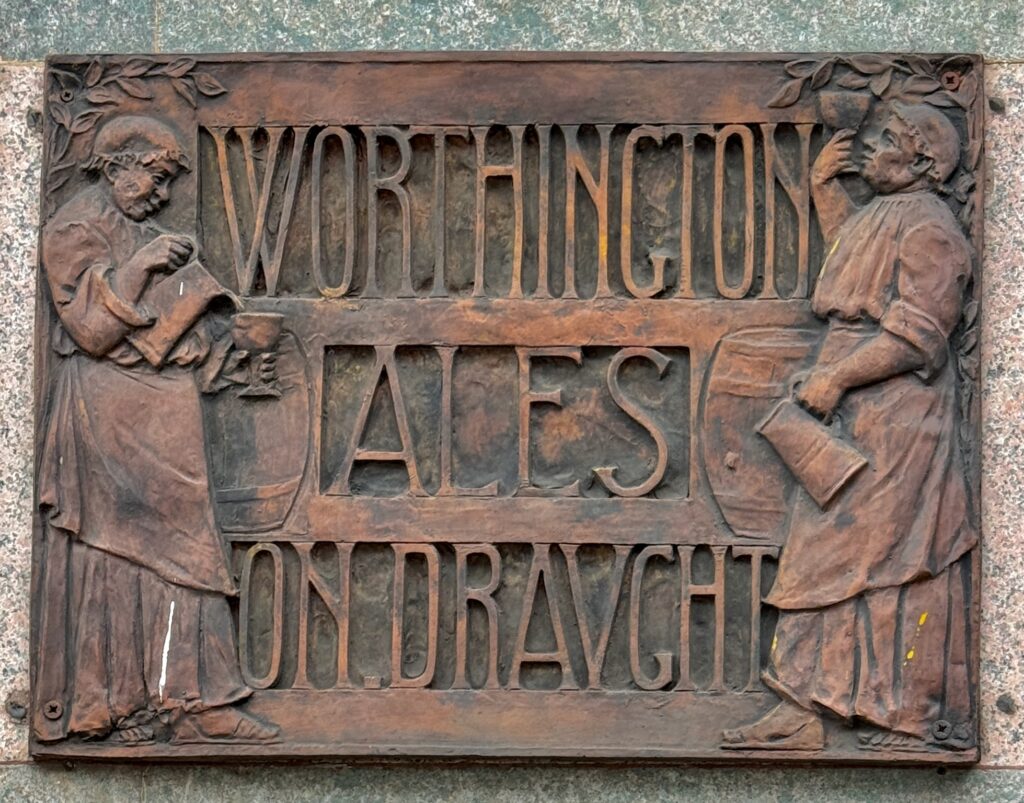
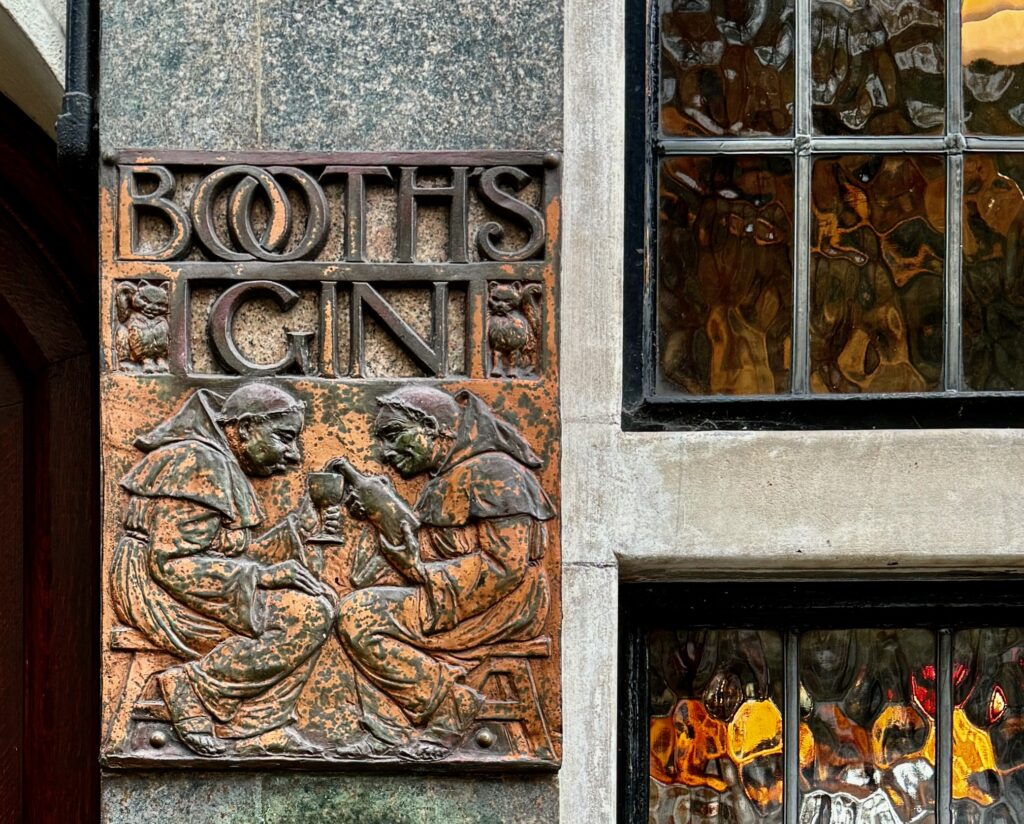
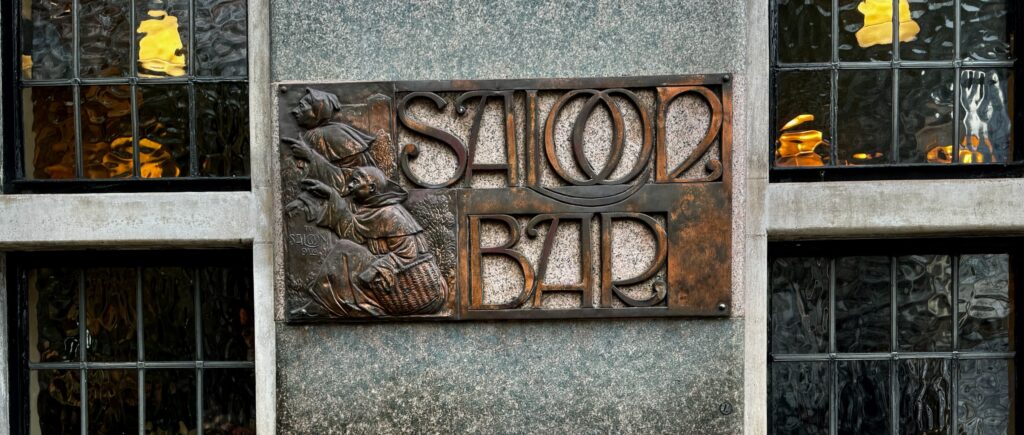
And all this before you even go in the door.
And when you do, what a sight awaits.
Friars going about their daily lives. Harvesting on Saturday afternoon …

Above the bar, a bronze bas-relief entitled Tomorrow will be Friday depicts them catching trout and eels …
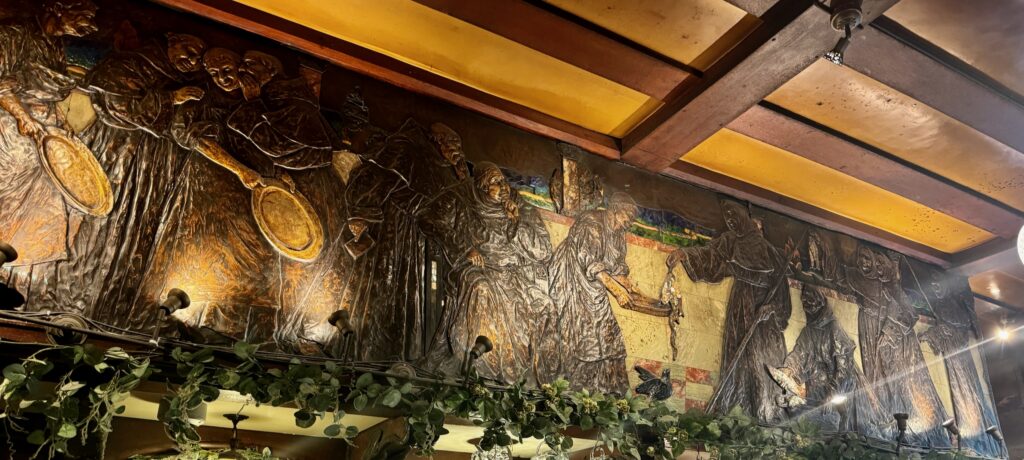
Singing carols …
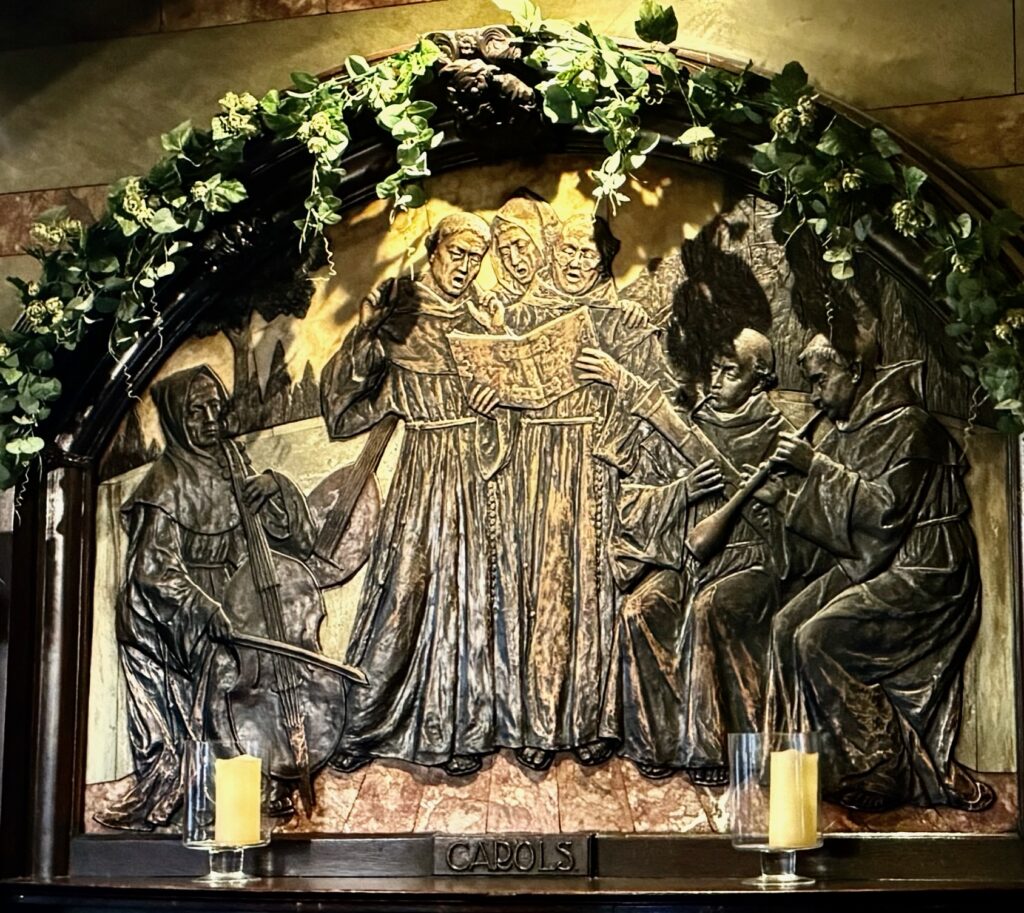
You can dine in the cosy Grotto which was excavated from the railway vault. There are various sayings and mottos to amuse and enlighten you. HASTE IS SLOW, FINERY IS FOOLERY …
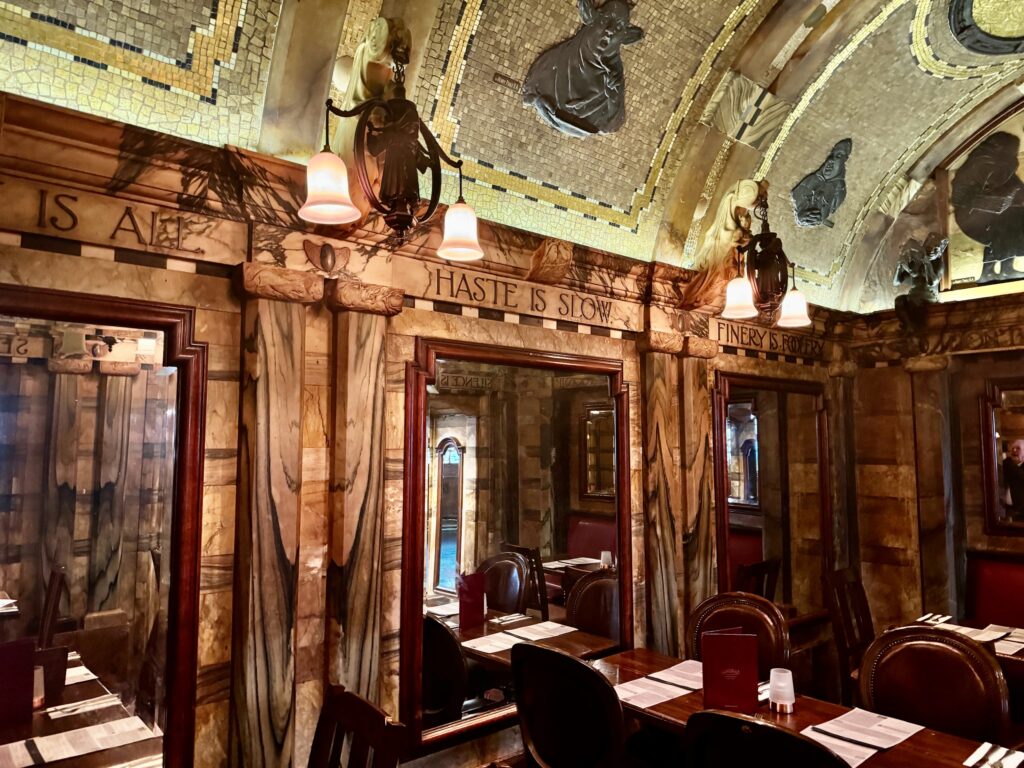
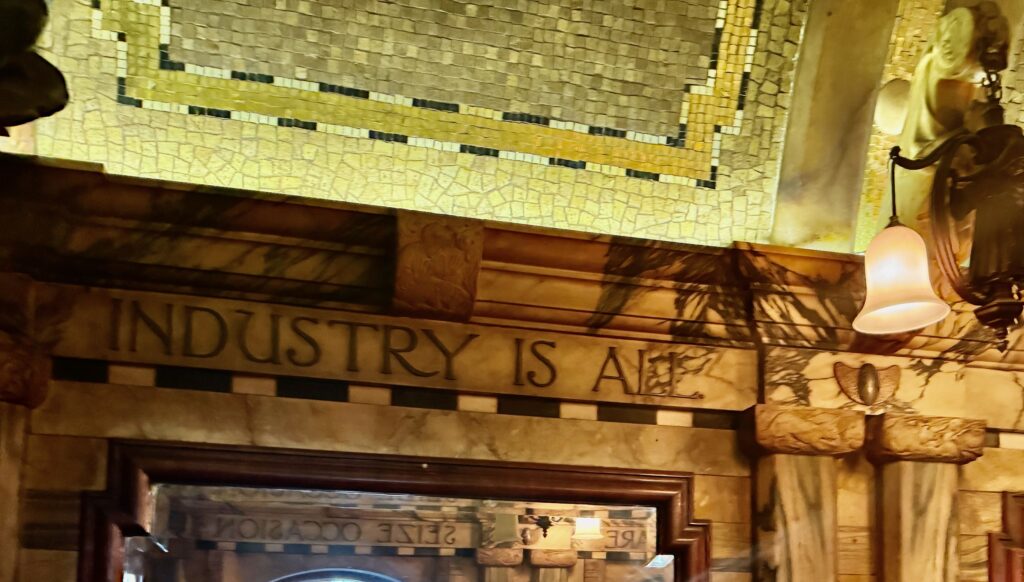
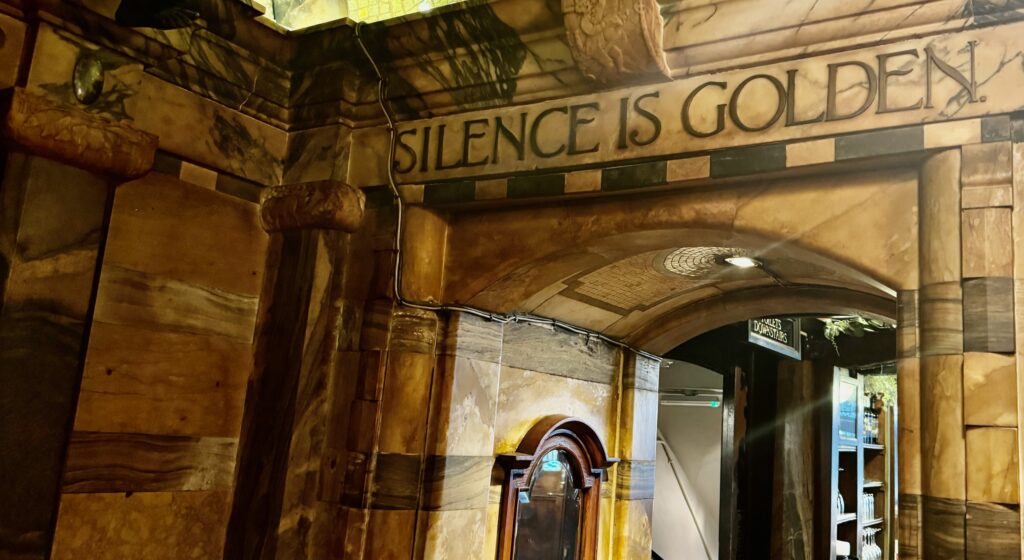
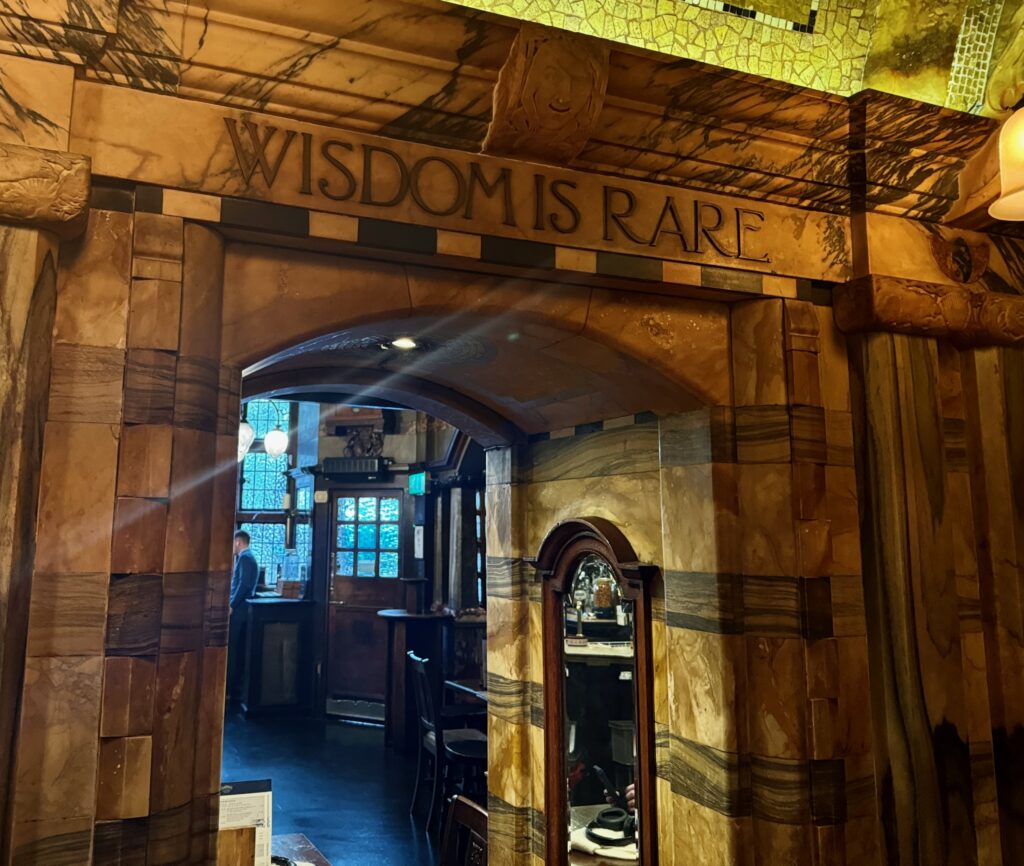
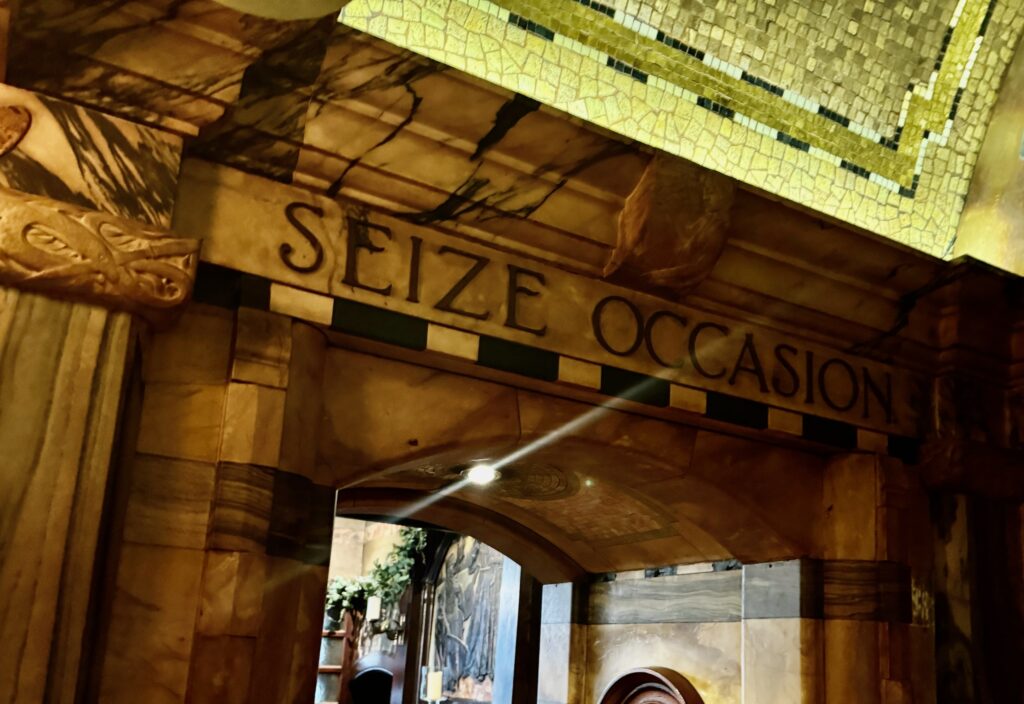
And my two favourites, A GOOD THING IS SOON SNATCHED UP with a grinning friar pushing a pig in a wheelbarrow …
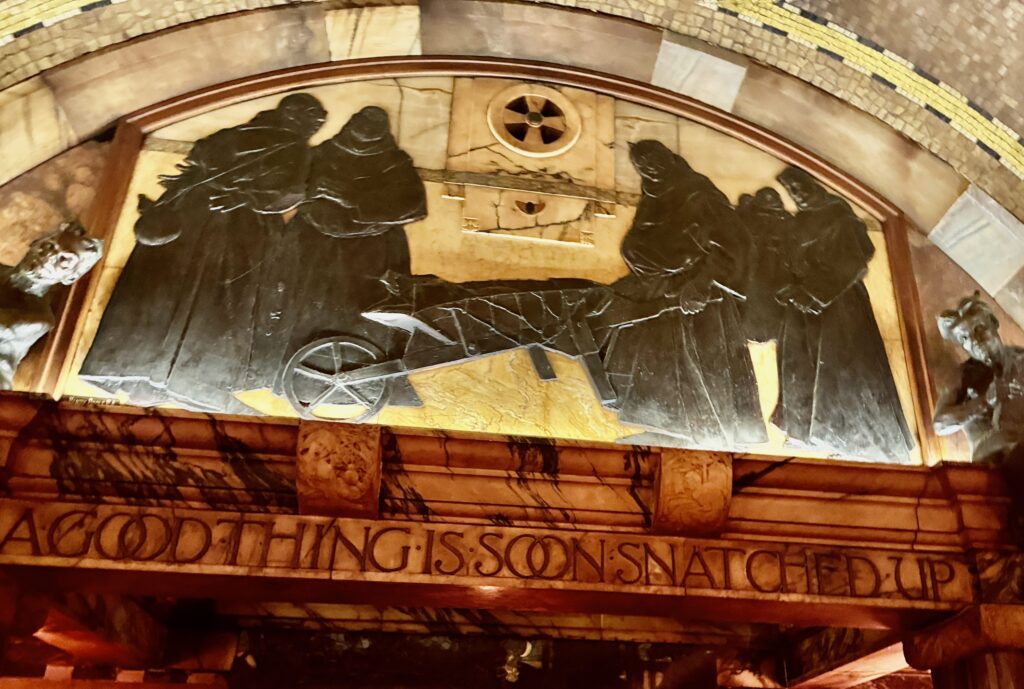

I also like DON’T ADVERTISE TELL A GOSSIP …
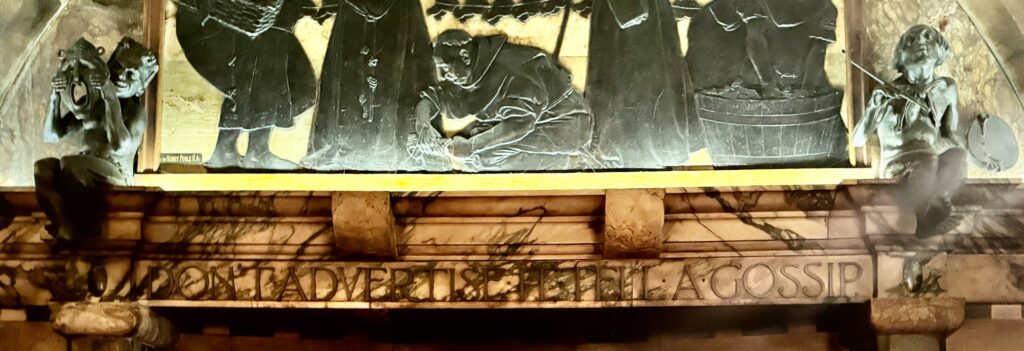
Note the two devils. There are four in each corner of the room amusing themselves with an entertaining pastime – these two are play-acting and painting.
Admire the mosaic ceiling and observe the friar on the left …
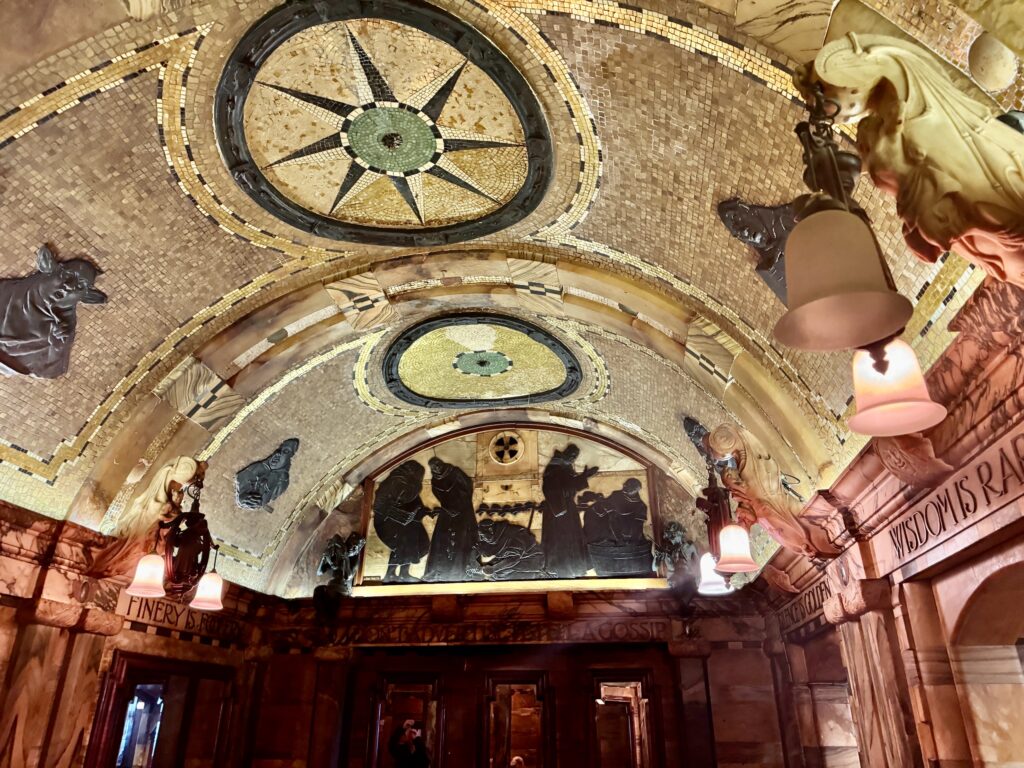
He’s stuffing his face with food thereby representing one of the seven deadly sins – gluttony …
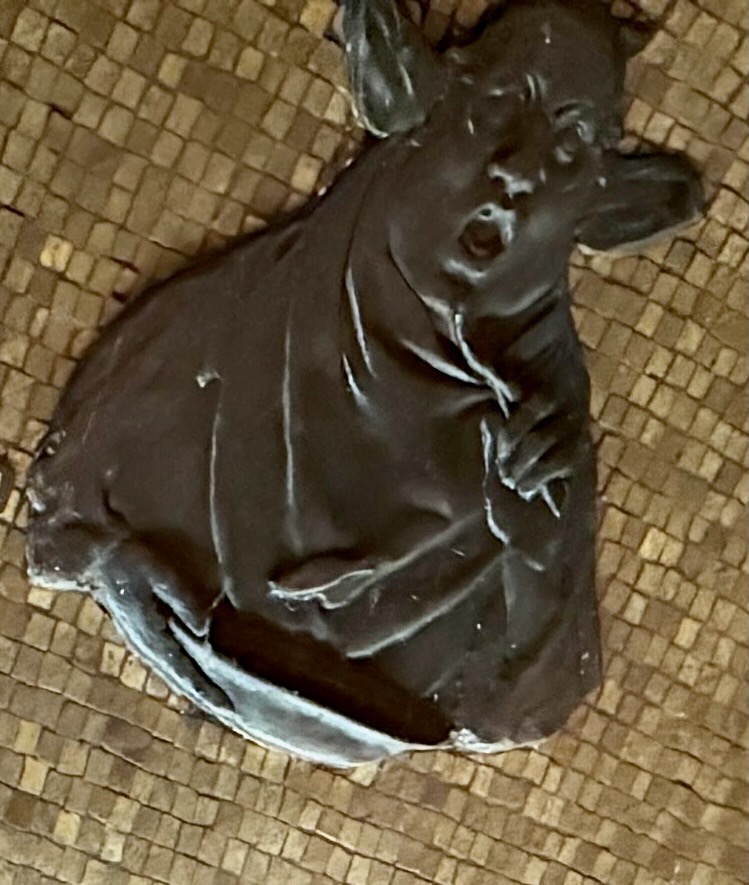
Five more sins are represented but for some reason ‘lust’ has been omitted.
More monks work hard supporting lamp shades …
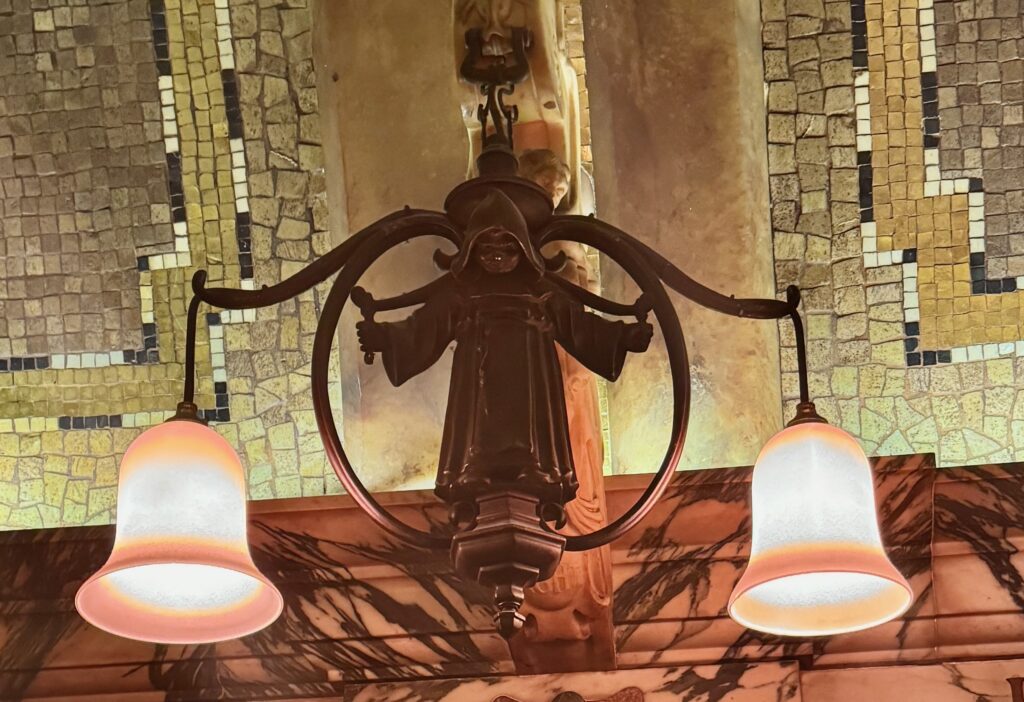
There’s a lovely stained glass window depicting a friar working at dawn in a sunlit garden. Many people comment on his pointy, Mr Spock-type ears …
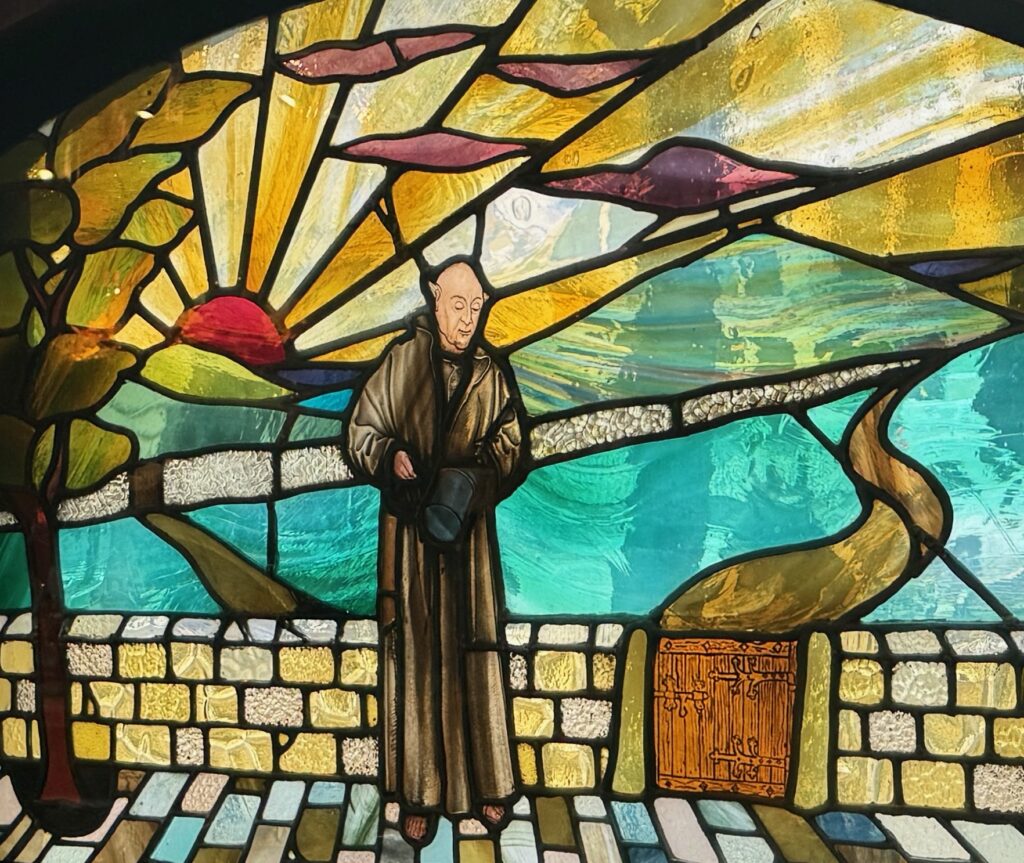
You will find a very informative and interesting history of the pub and the craftsmen who helped create its unique environment here in the excellent Victorian Web blog. I also strongly recommend this article by Jane Peyton which points out other aspects of the decoration that I have not mentioned. Read more about the City monasteries and in particular the Blackfriars in my blog on the subject which you can find here.
I’ve eaten here in the Grotto many times over the years and the food (especially the fish and chips) has always been good. If you visit, raise a glass to Sir John Betjeman and others who campaigned to save this building from demolition in the 1960s. It is now Grade II* listed and so should be safe from future vandals.
If you would like to follow me on Instagram here is the link …
